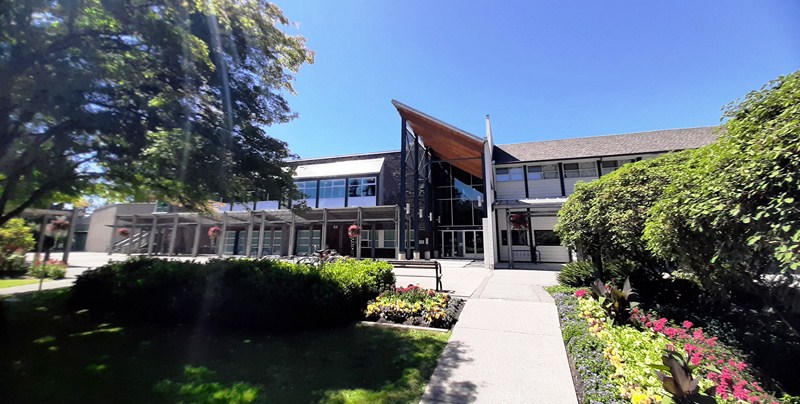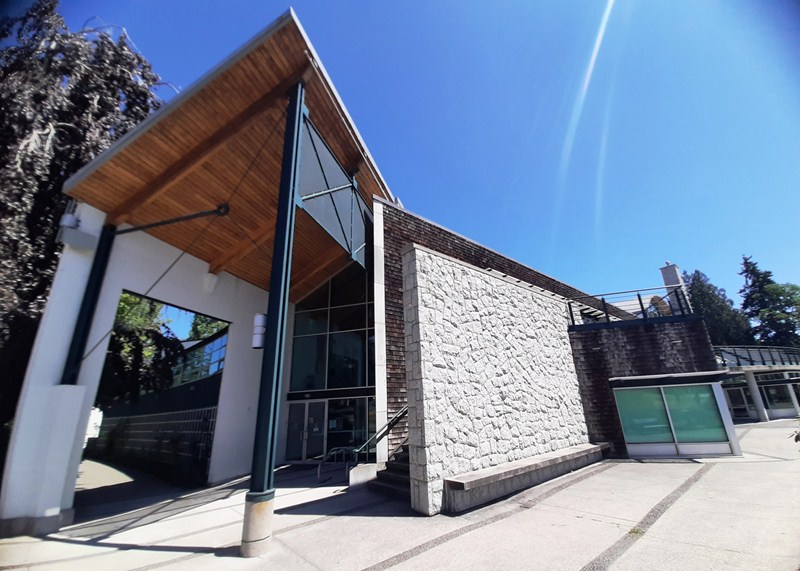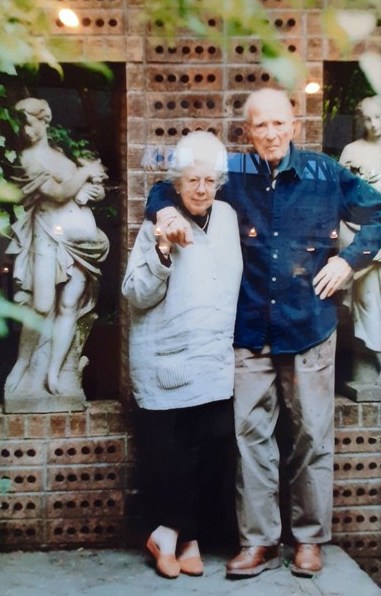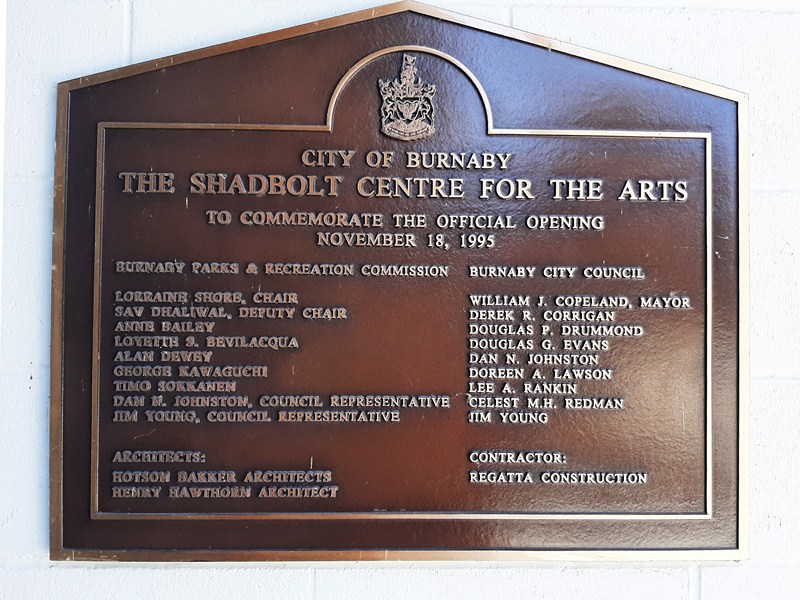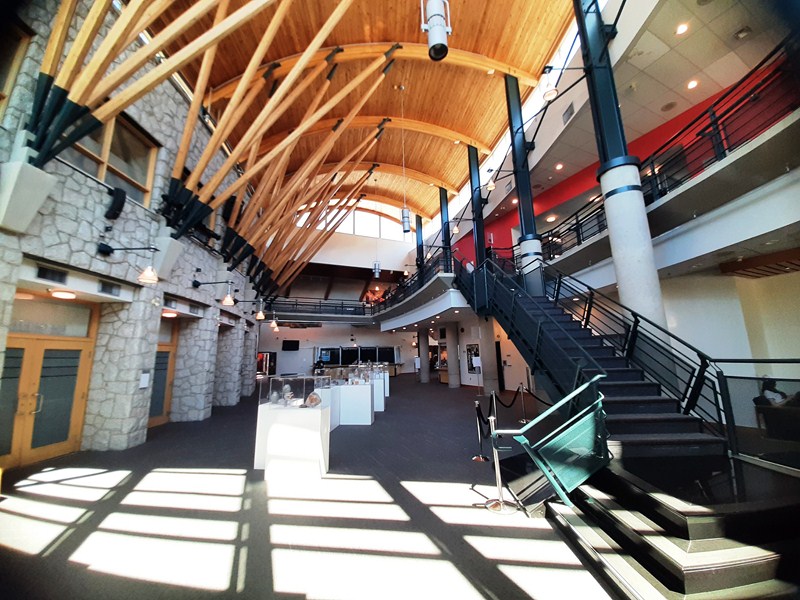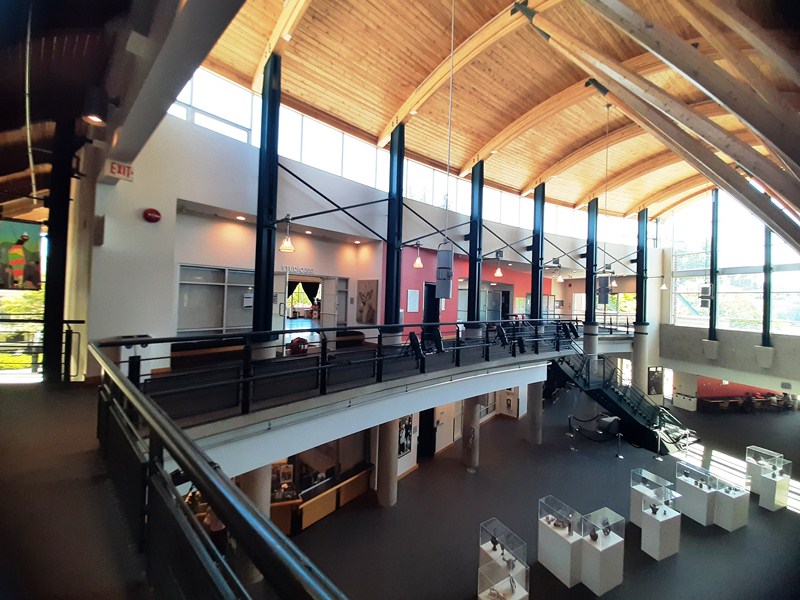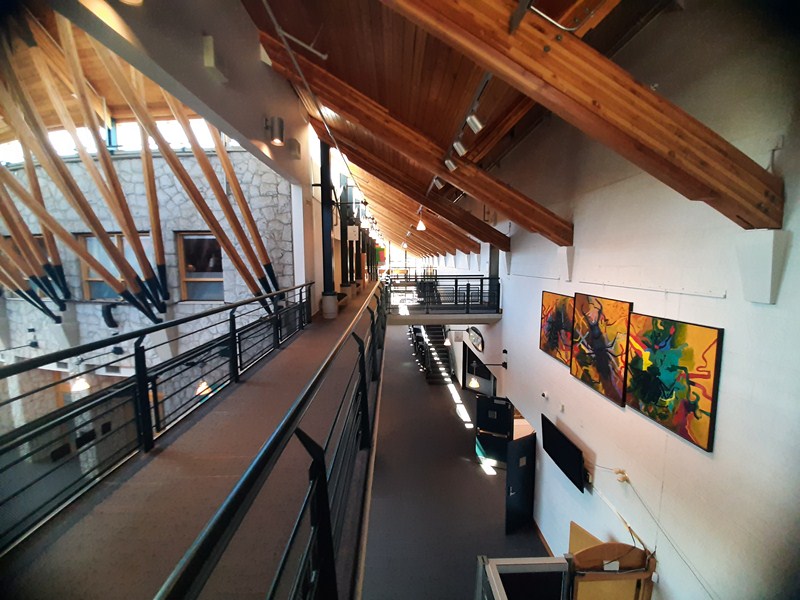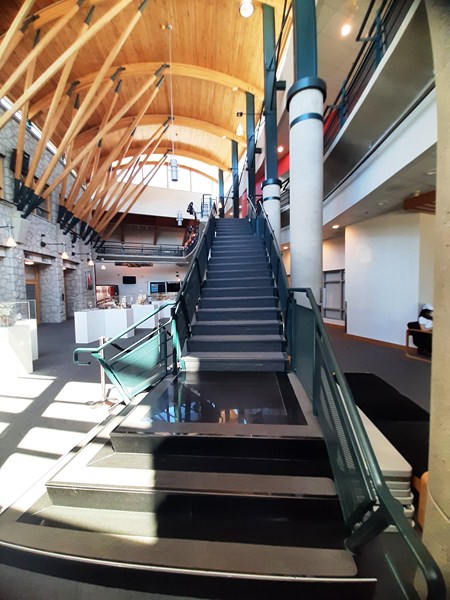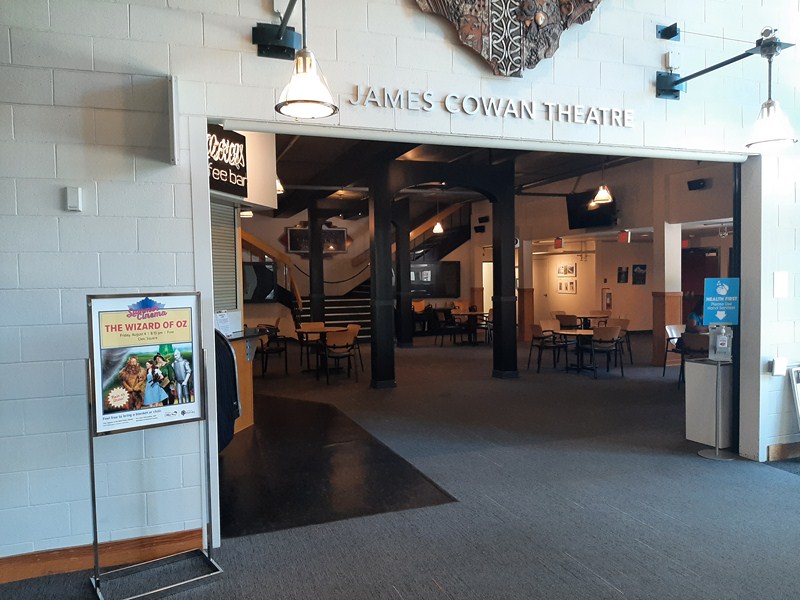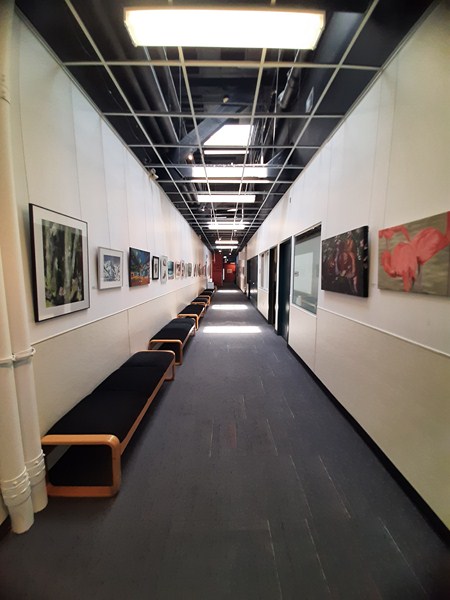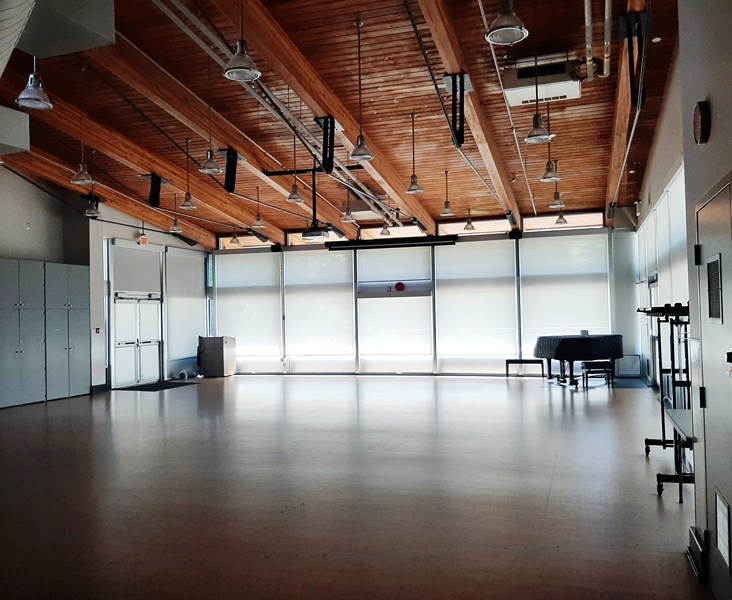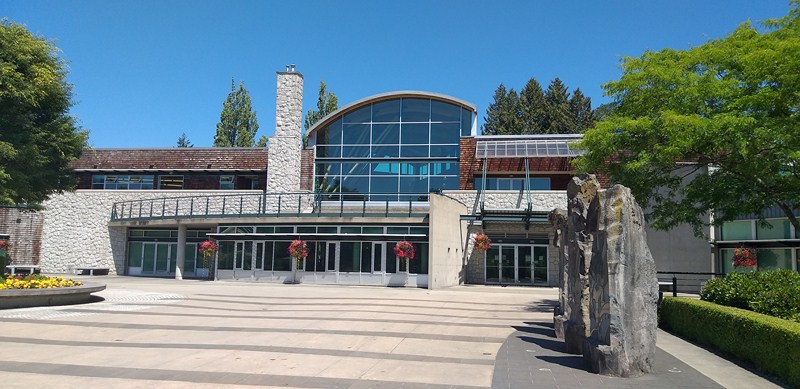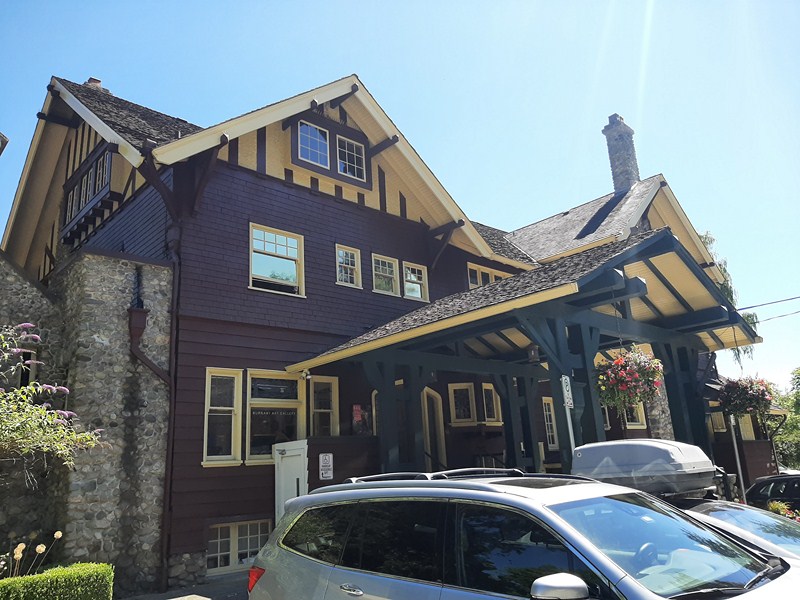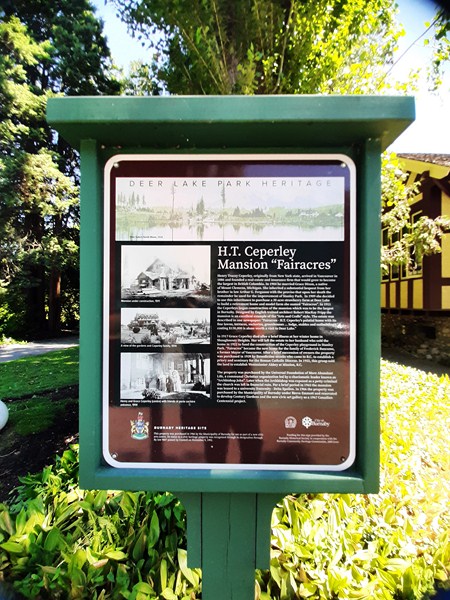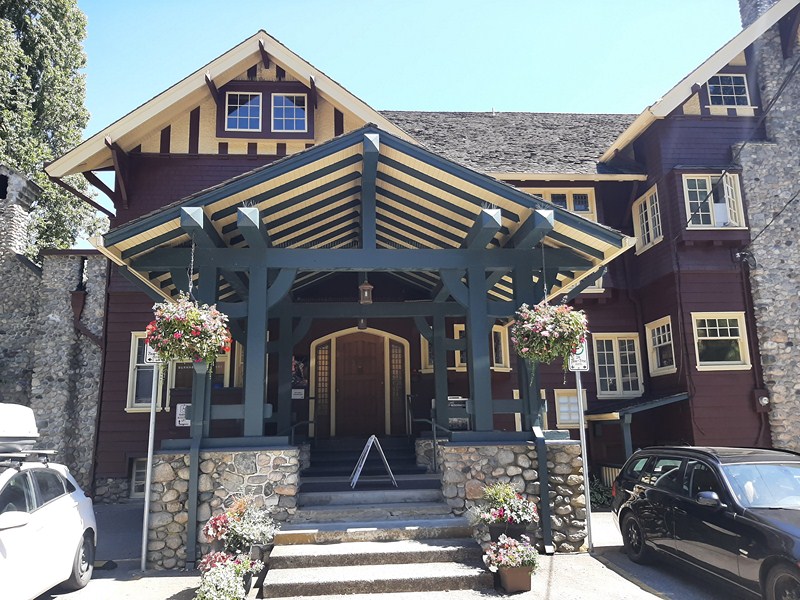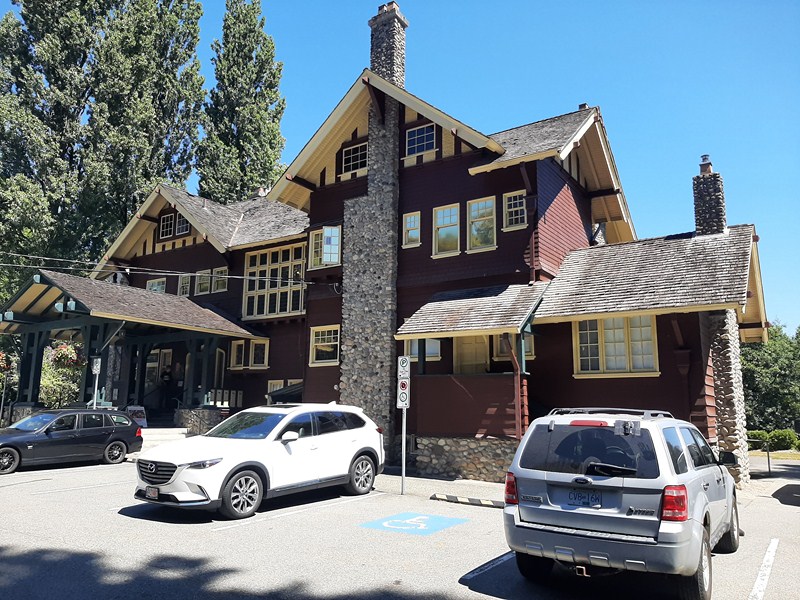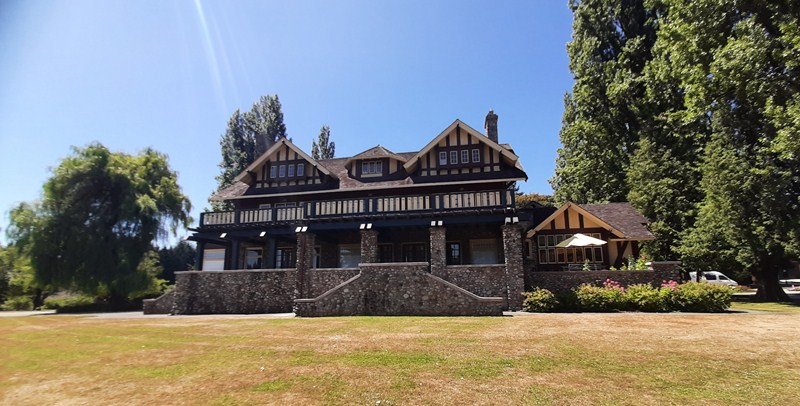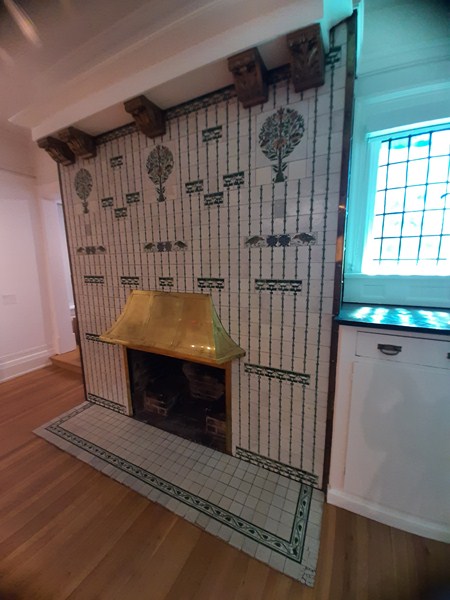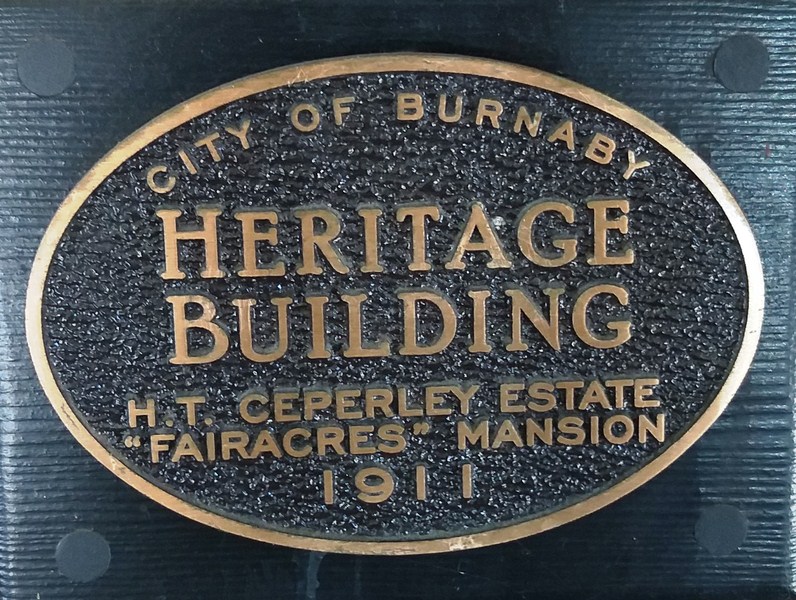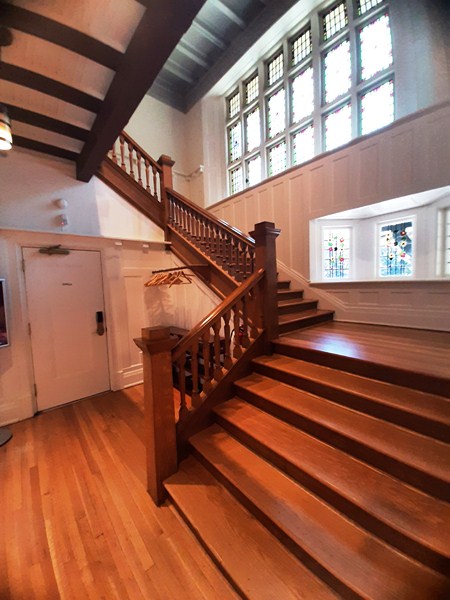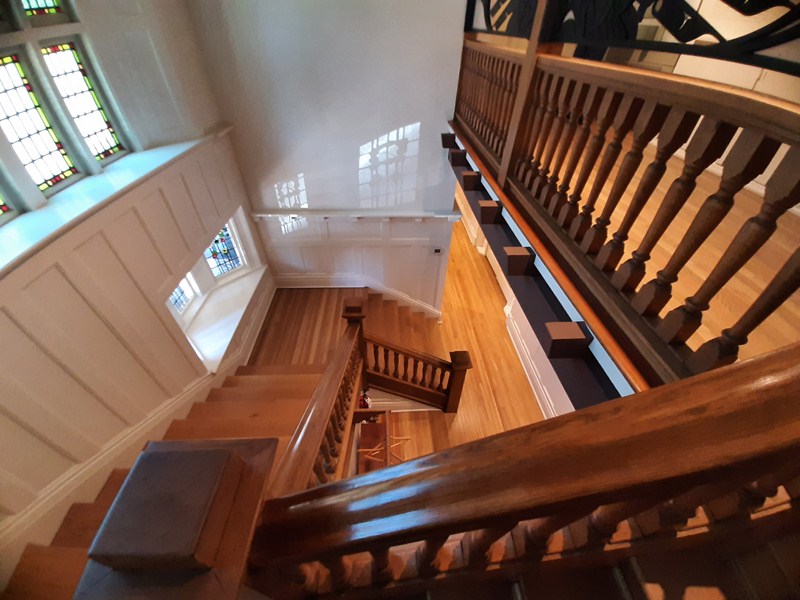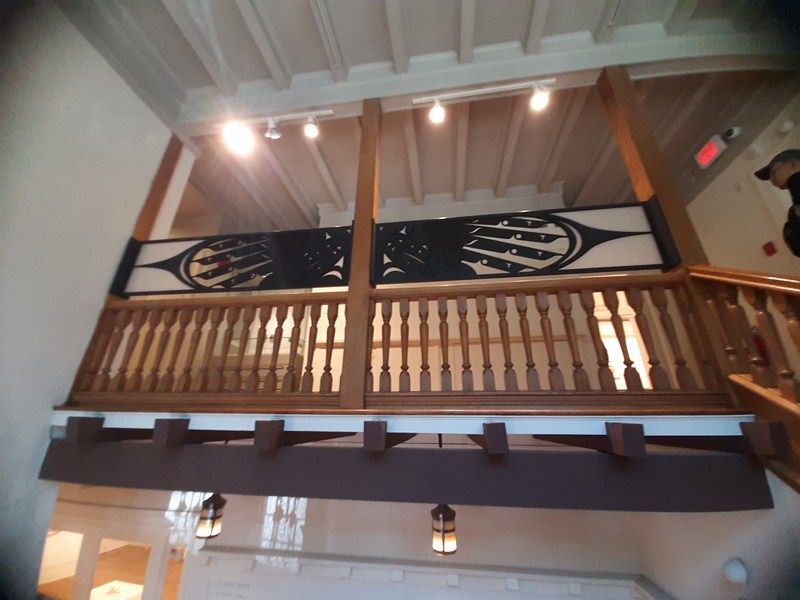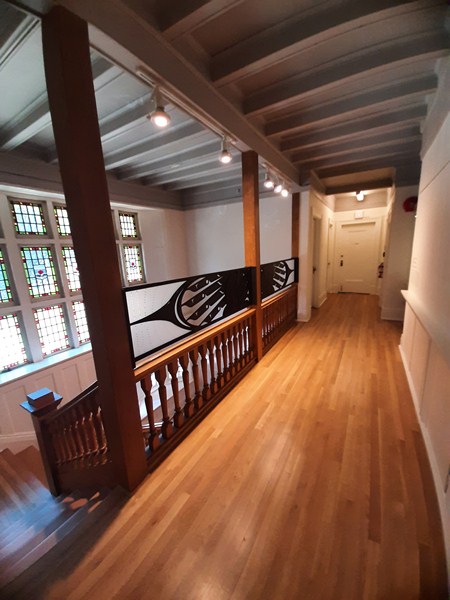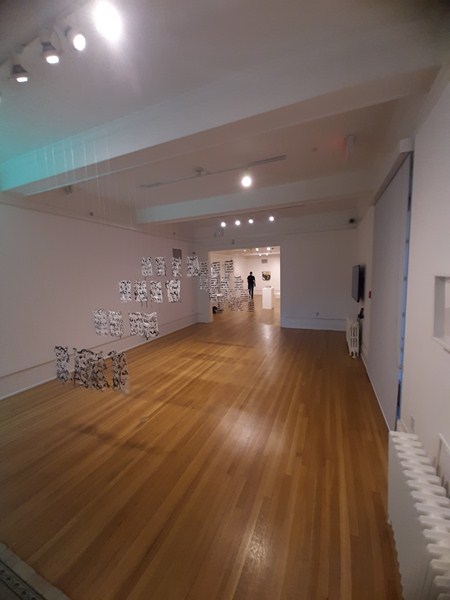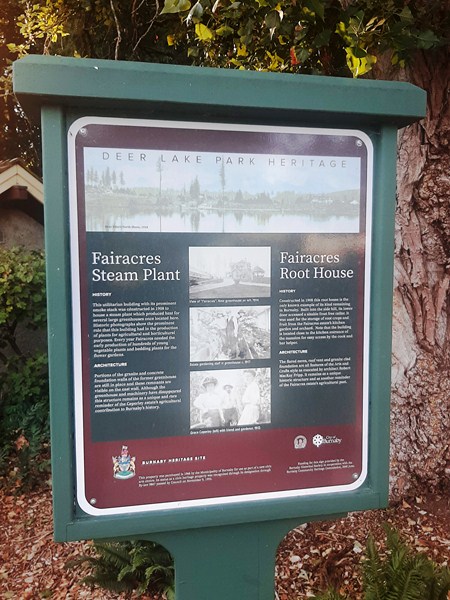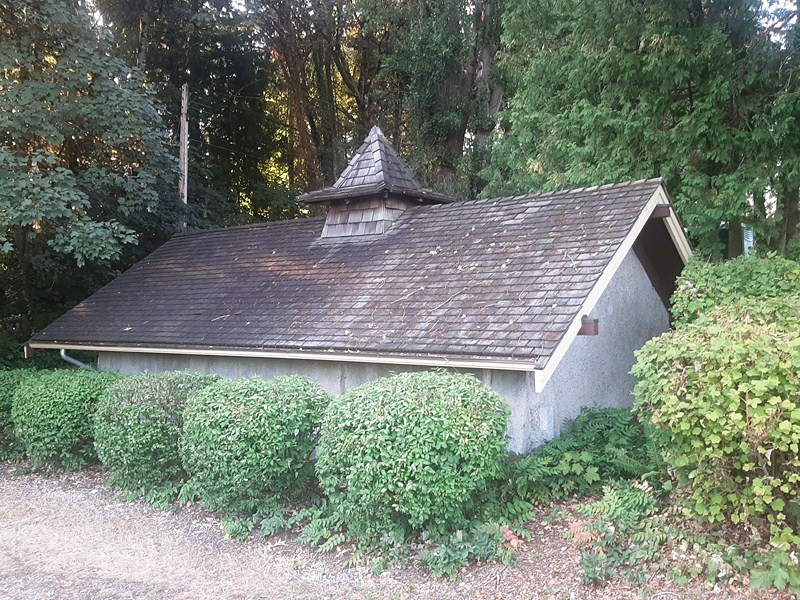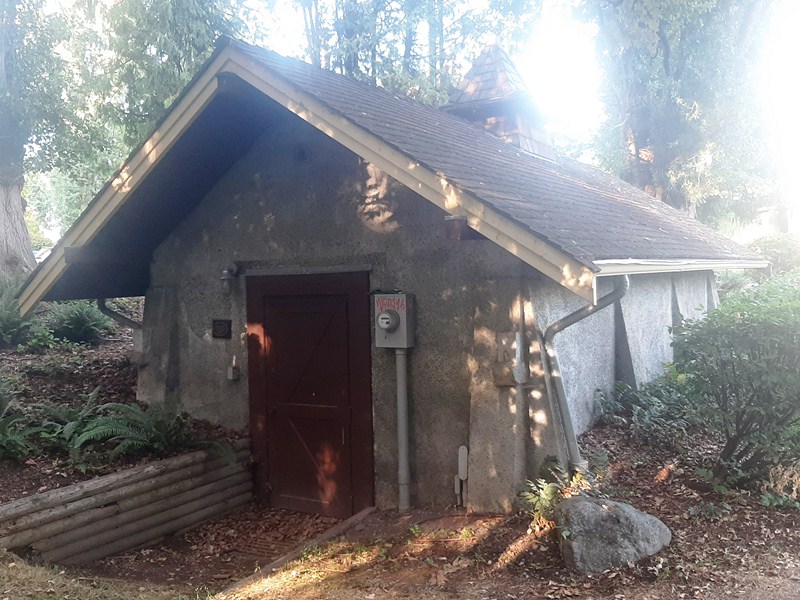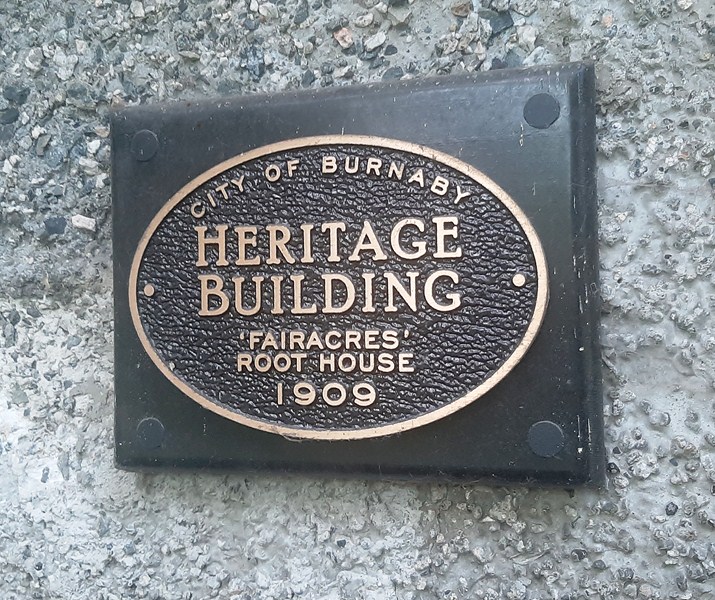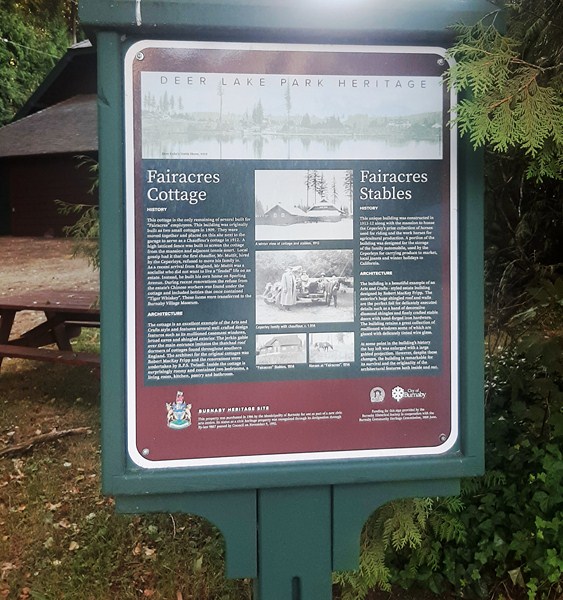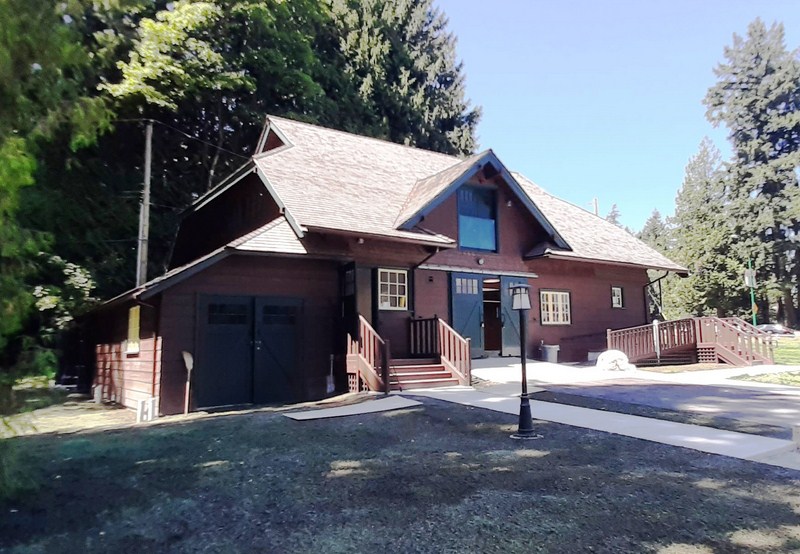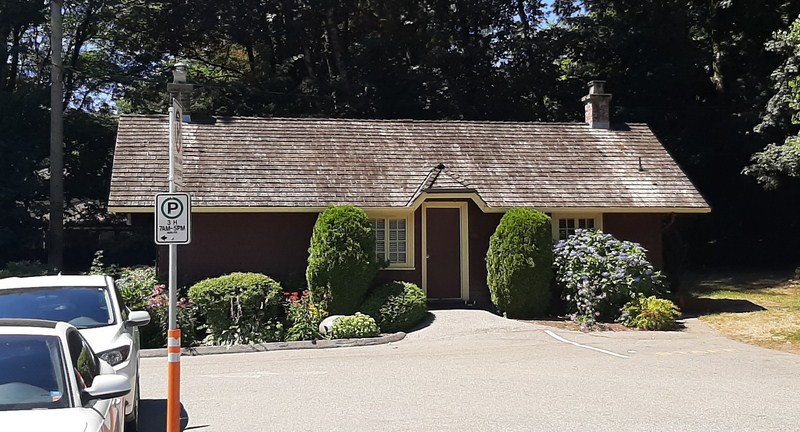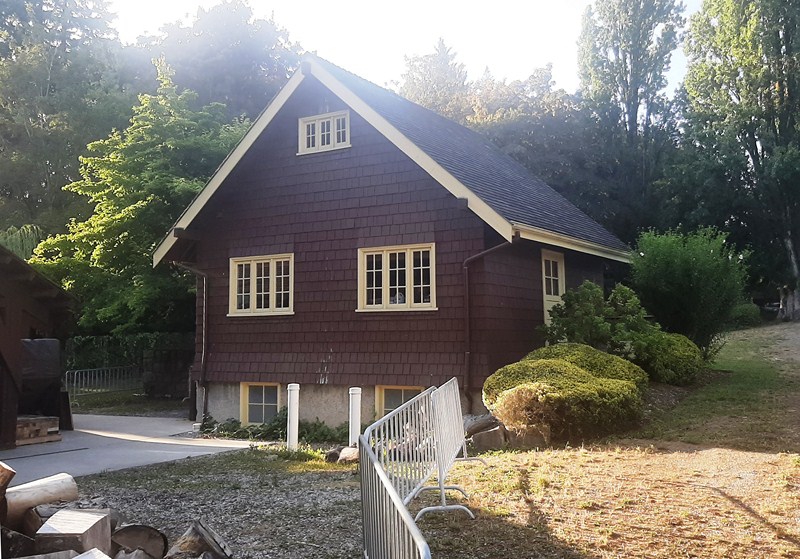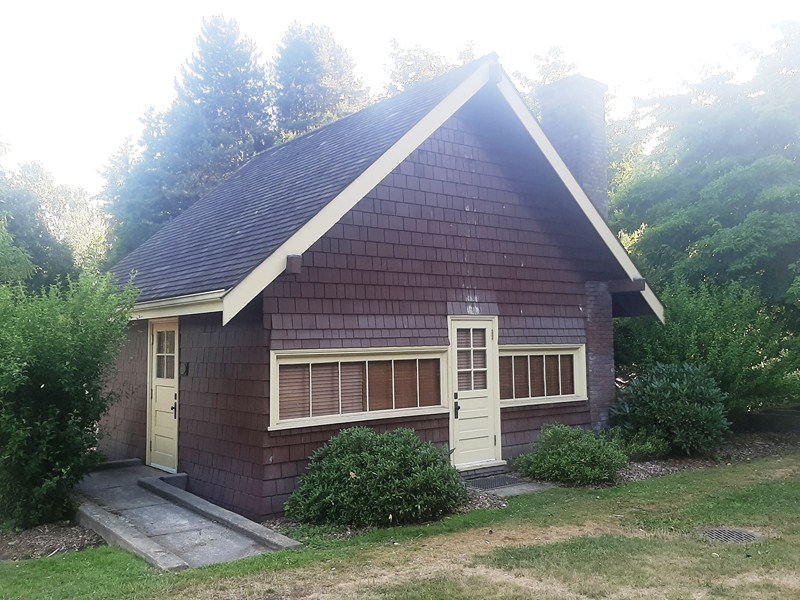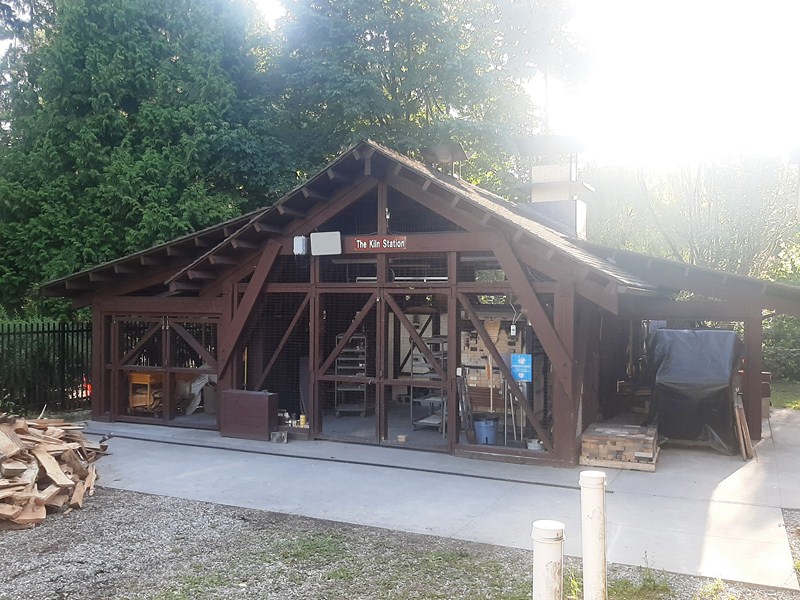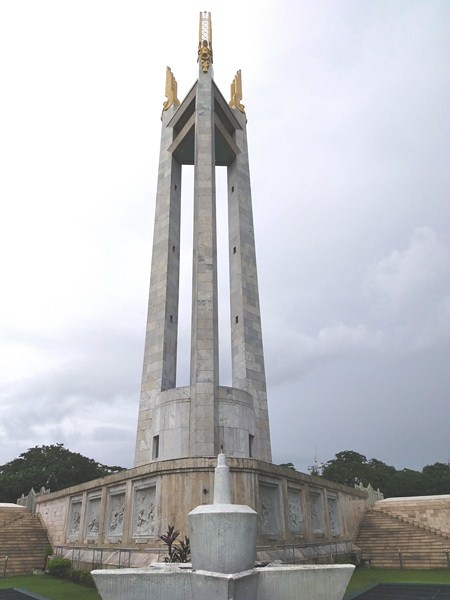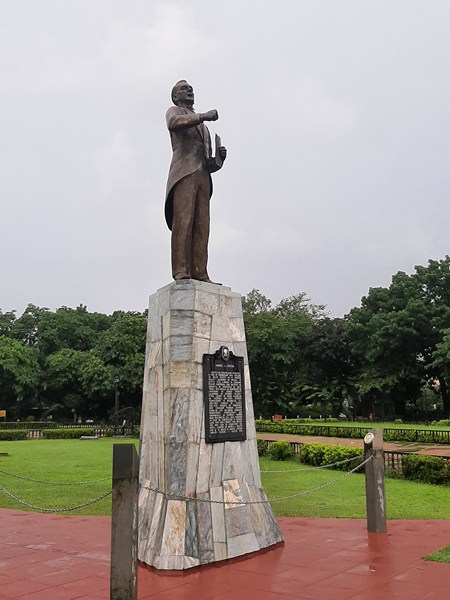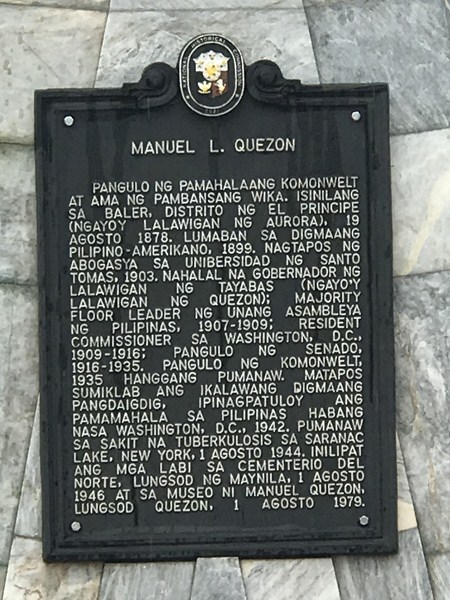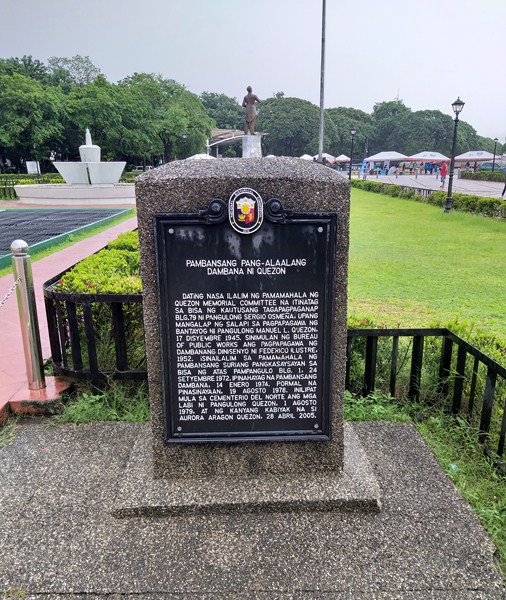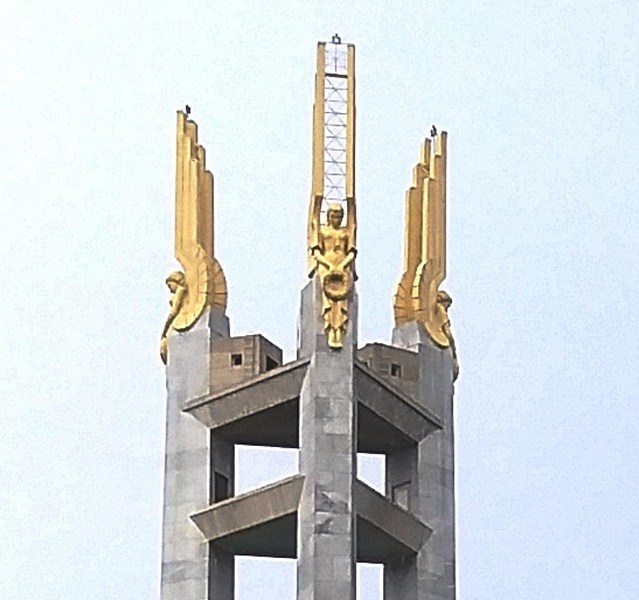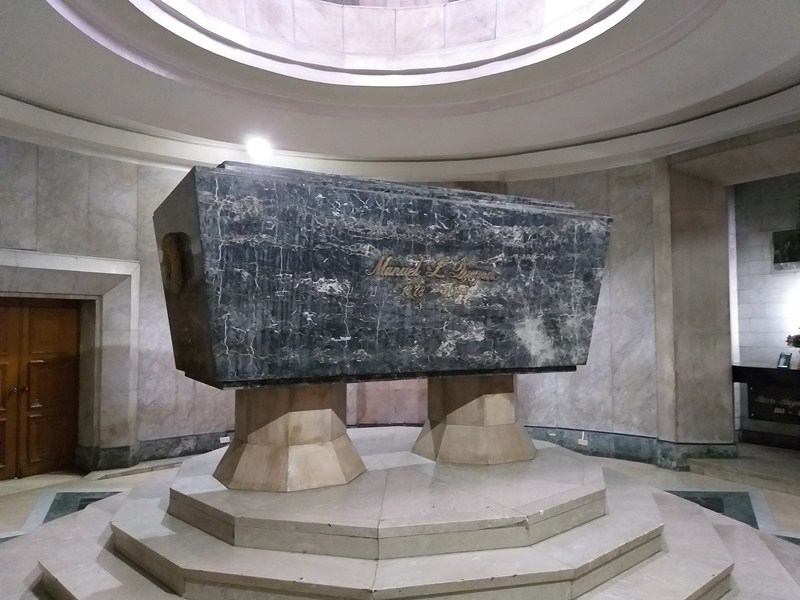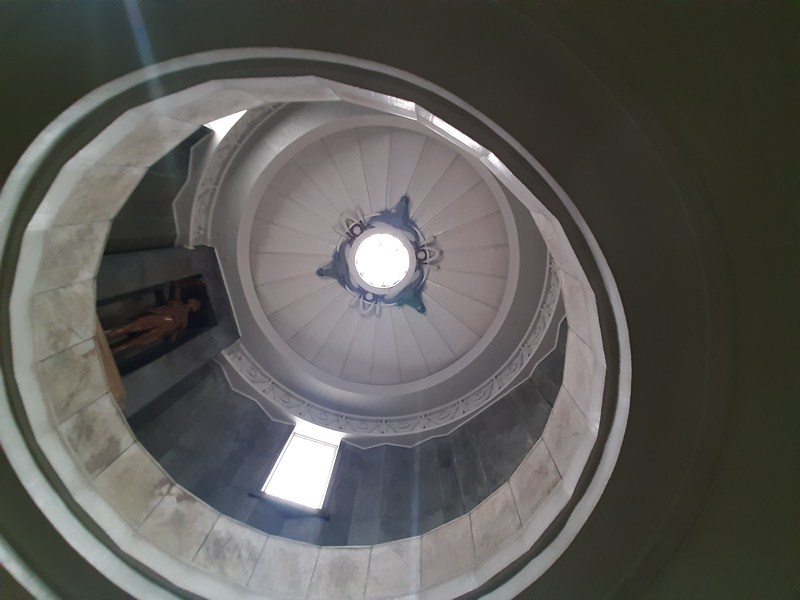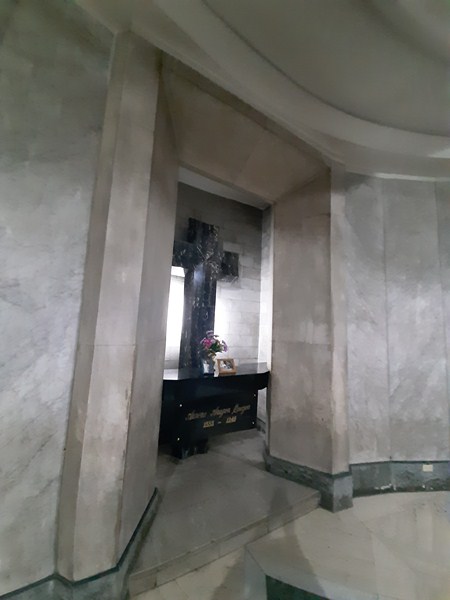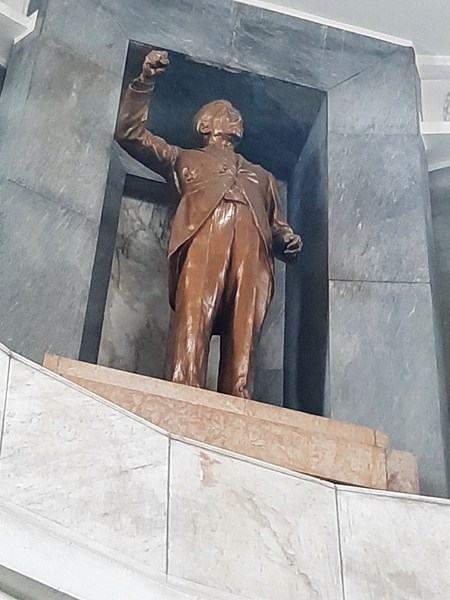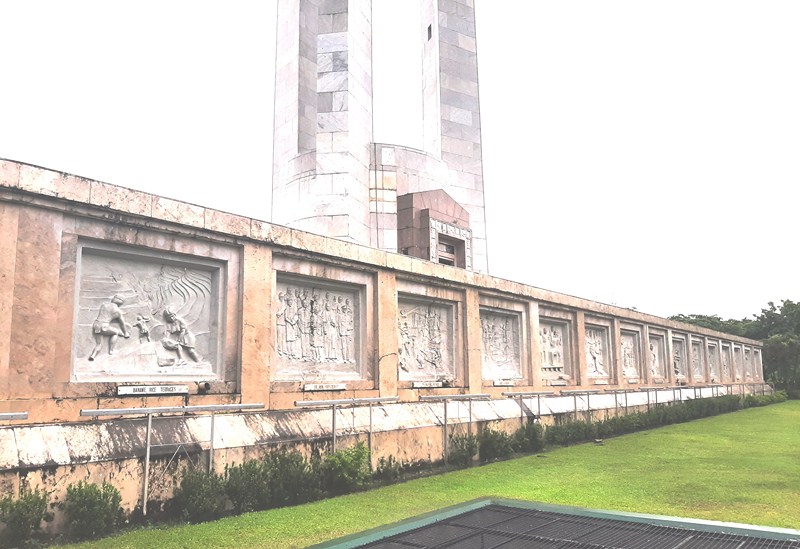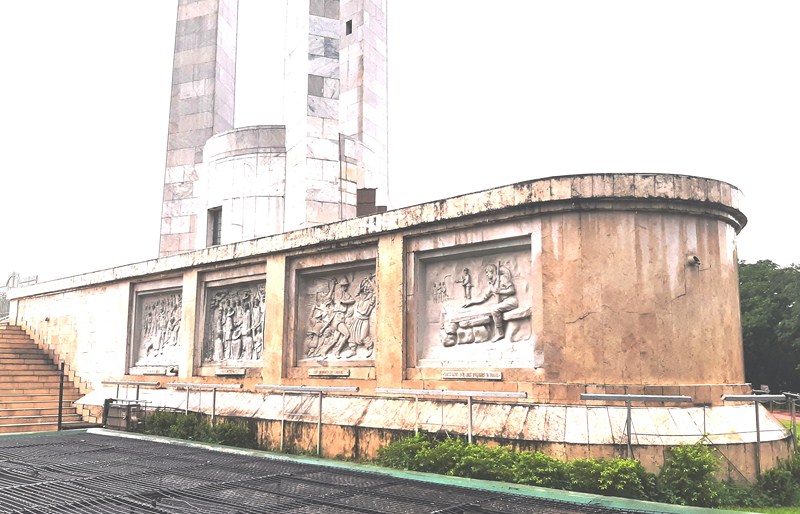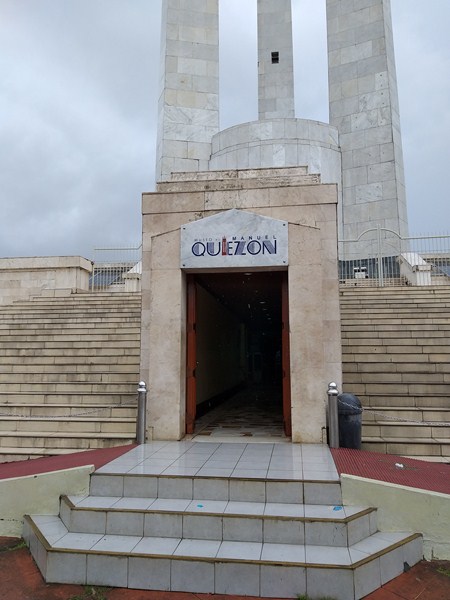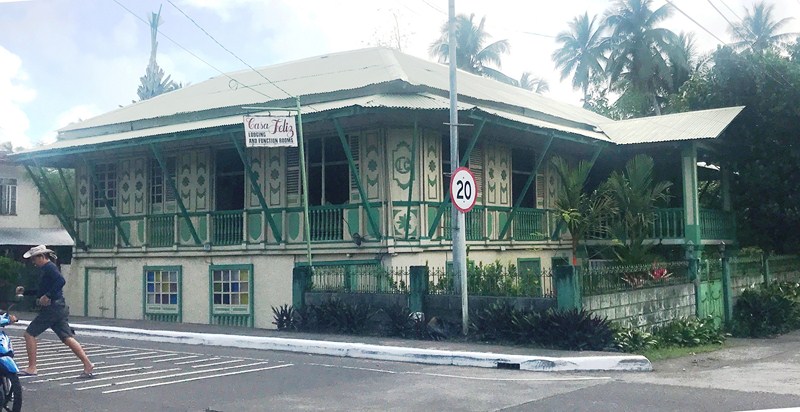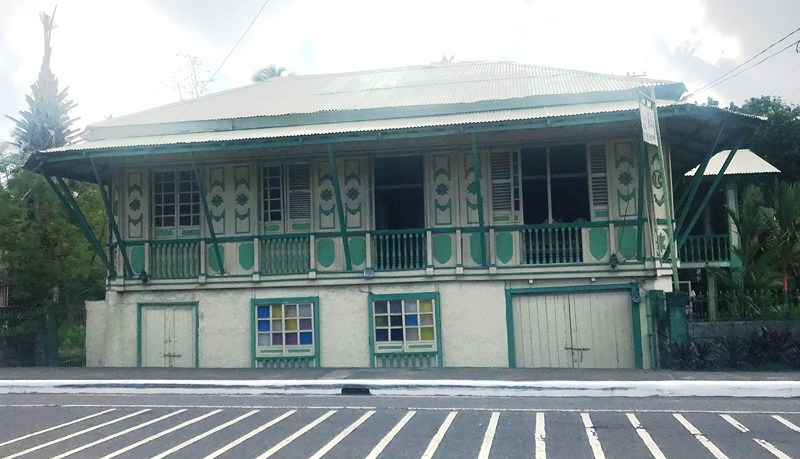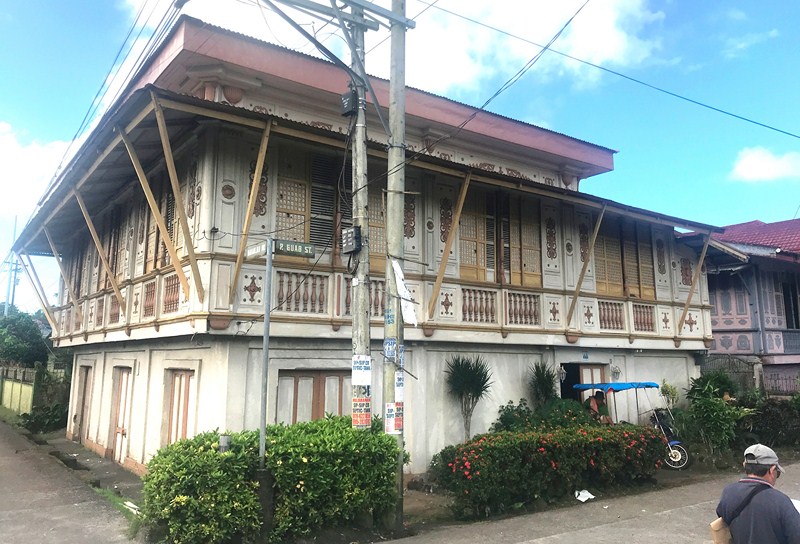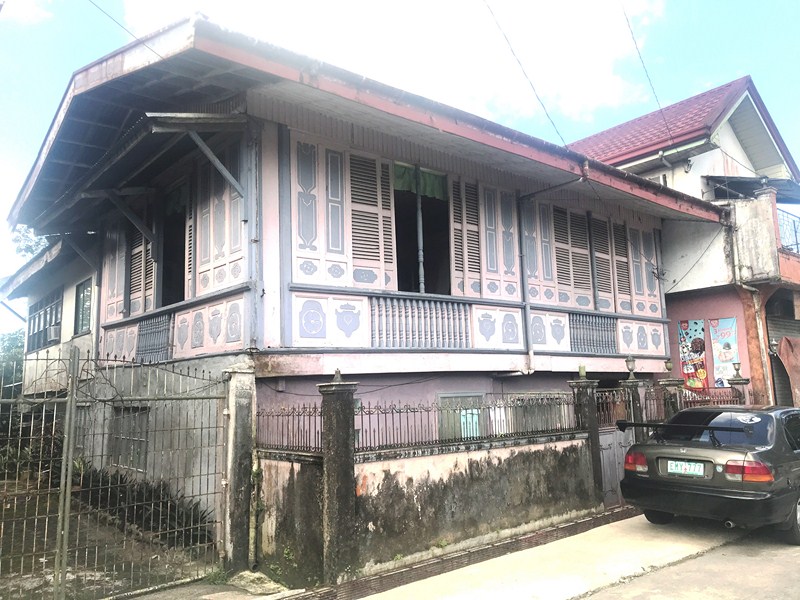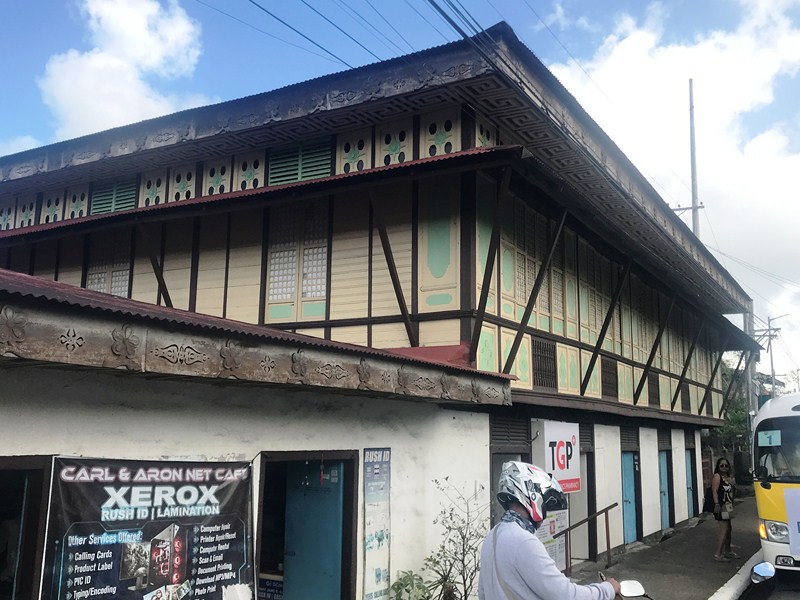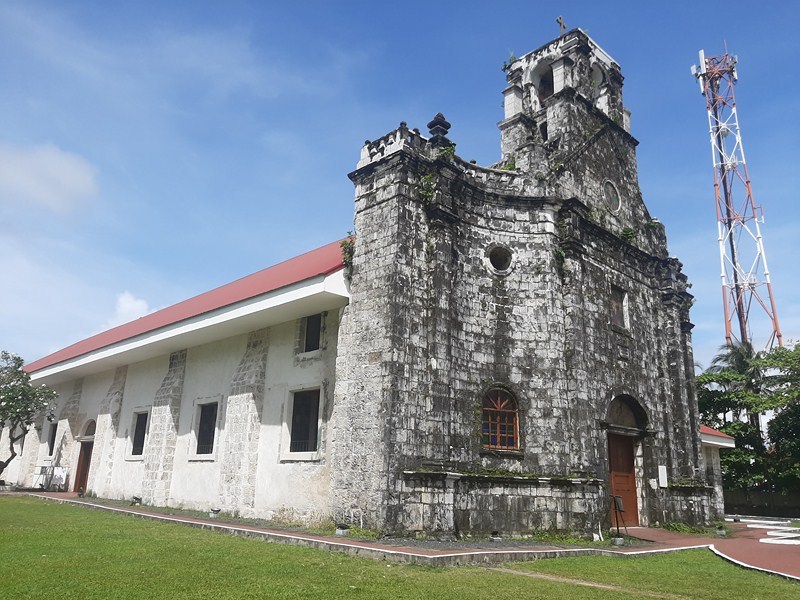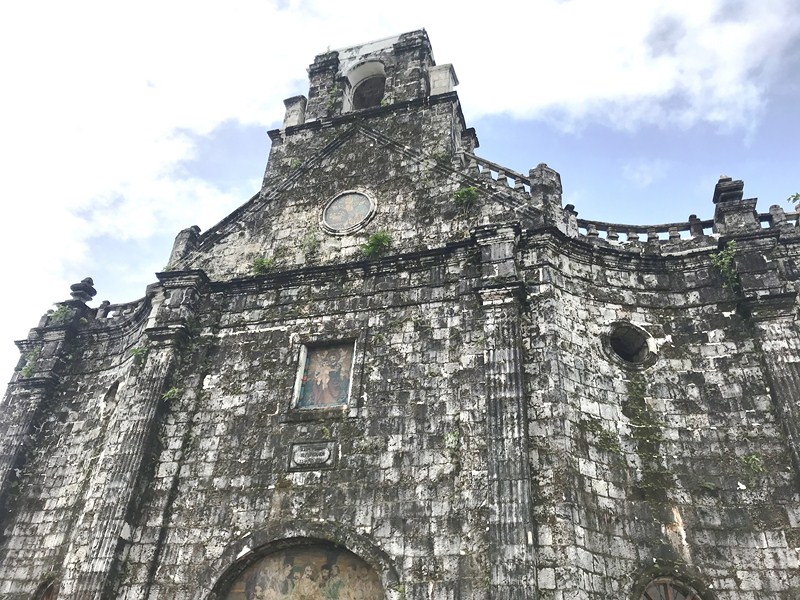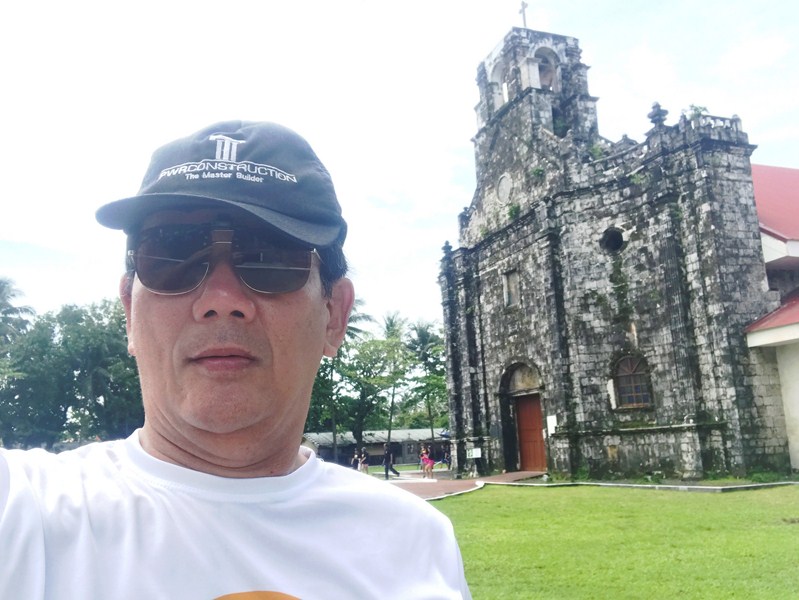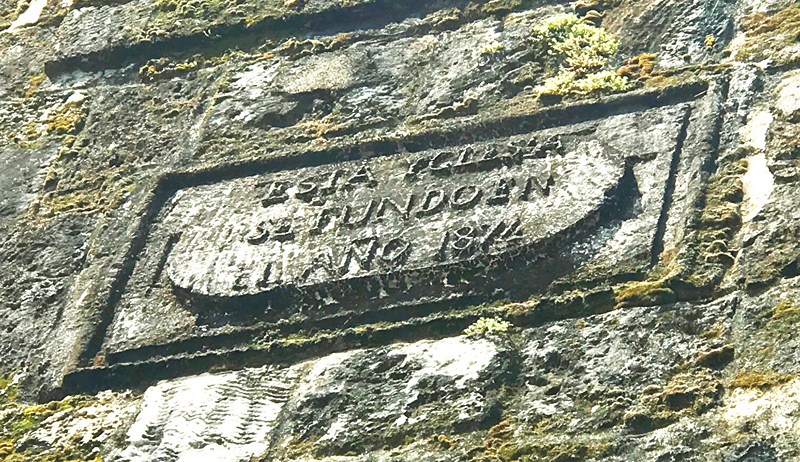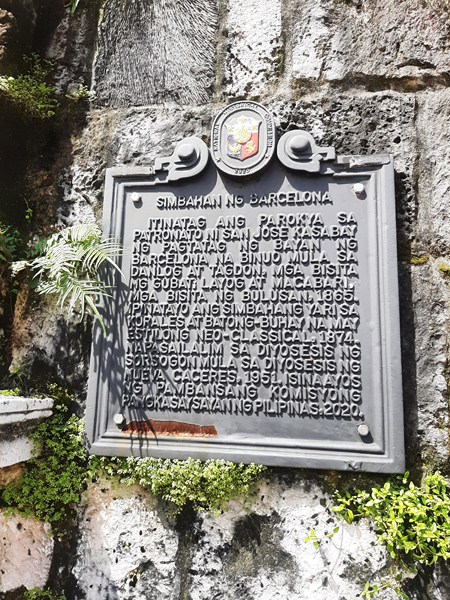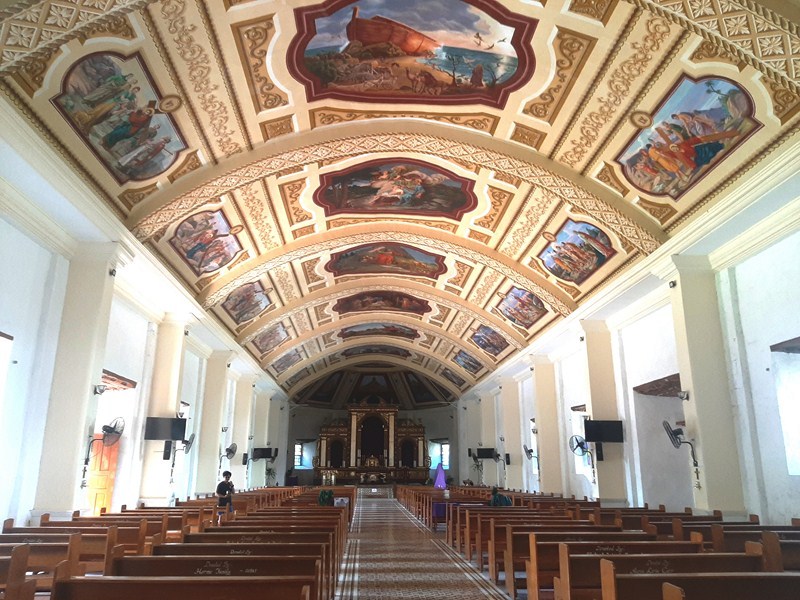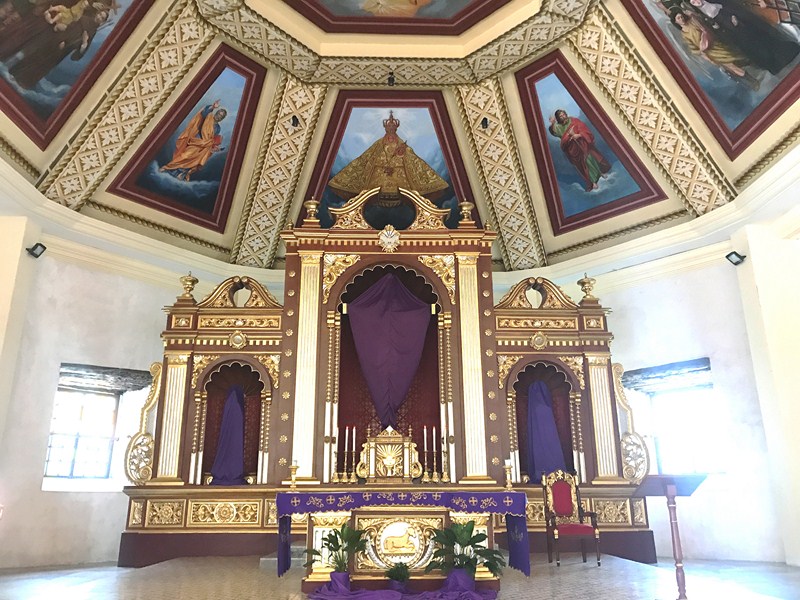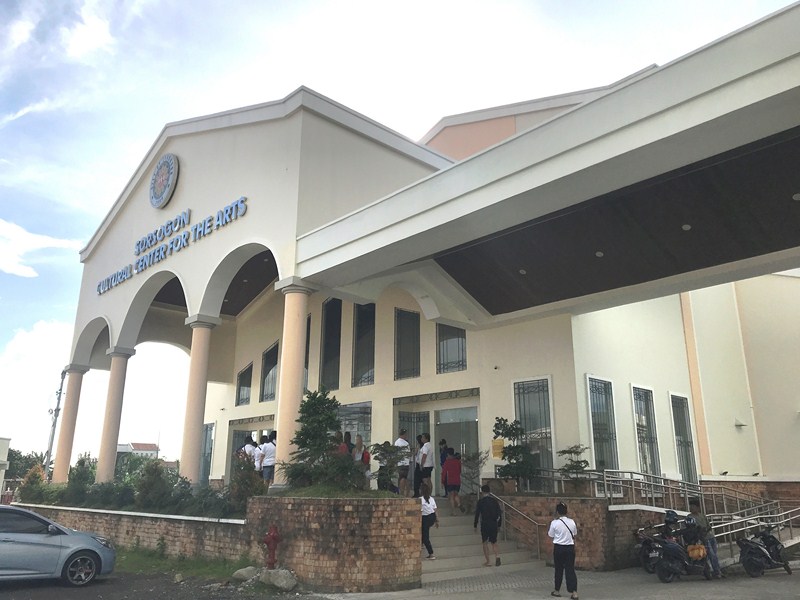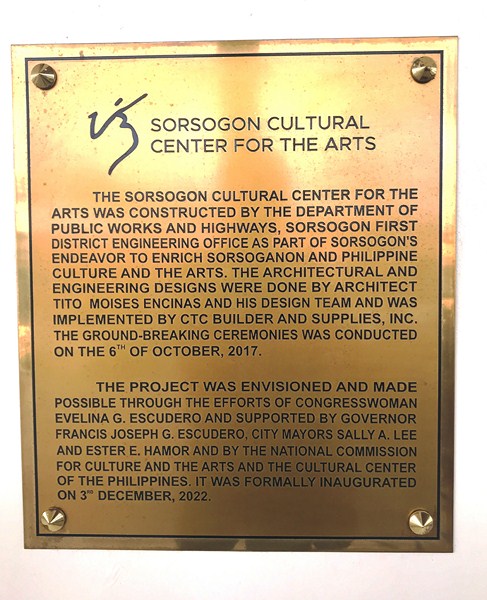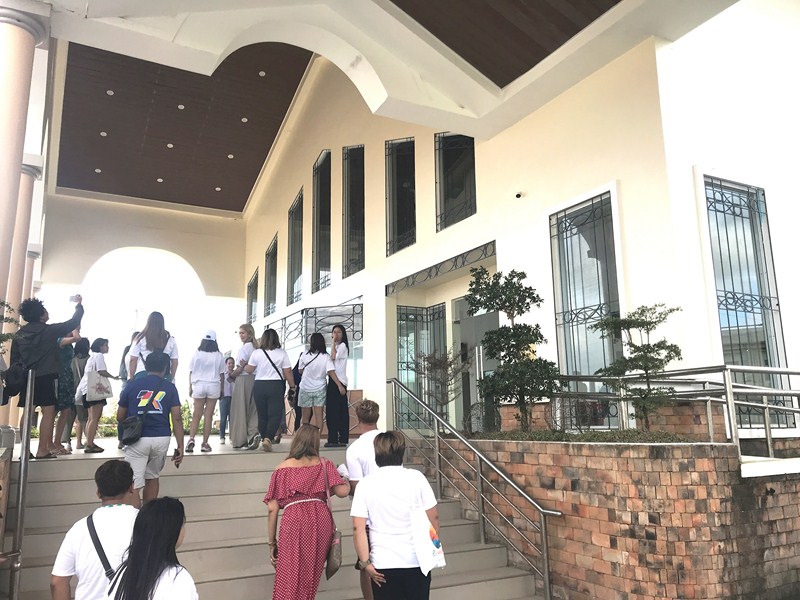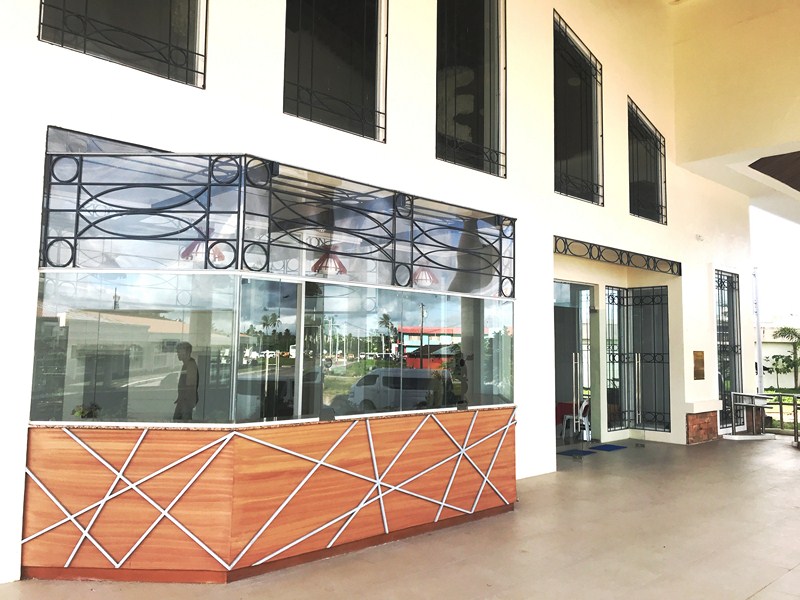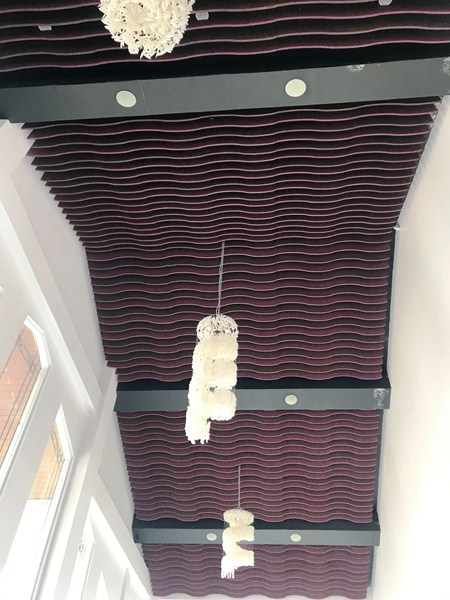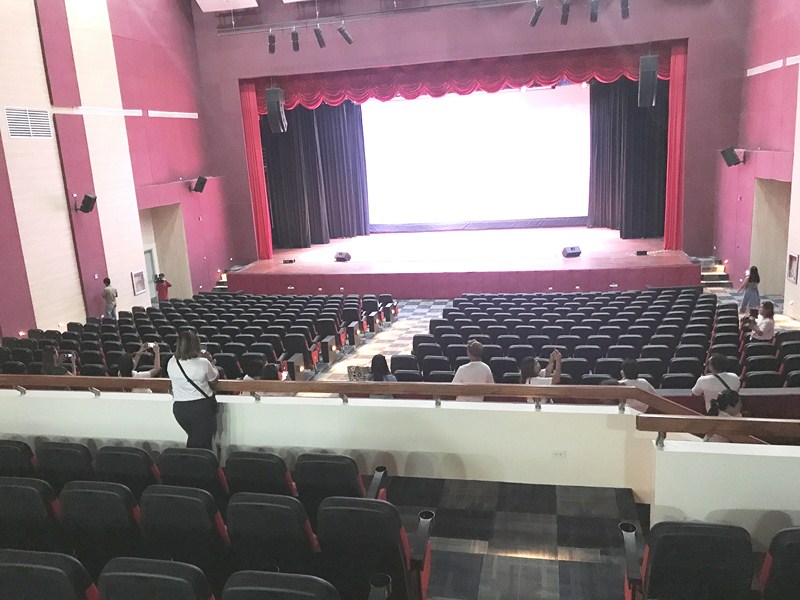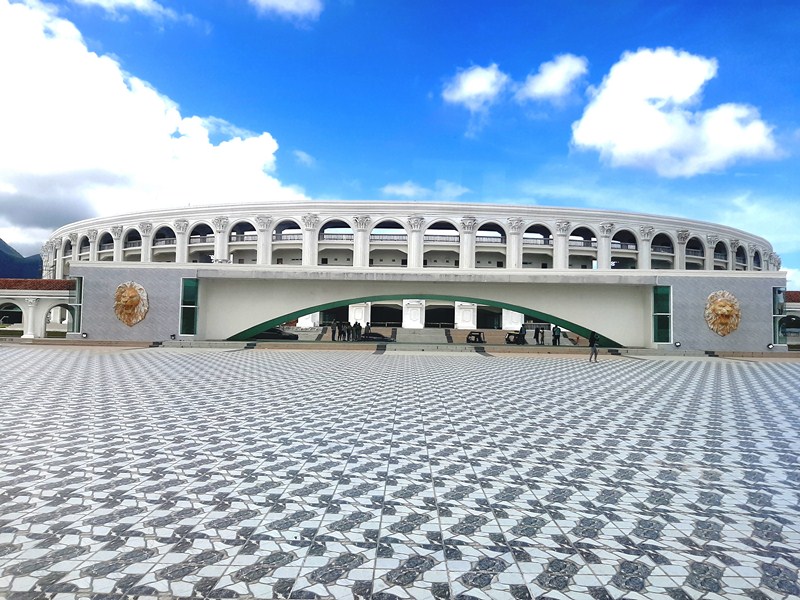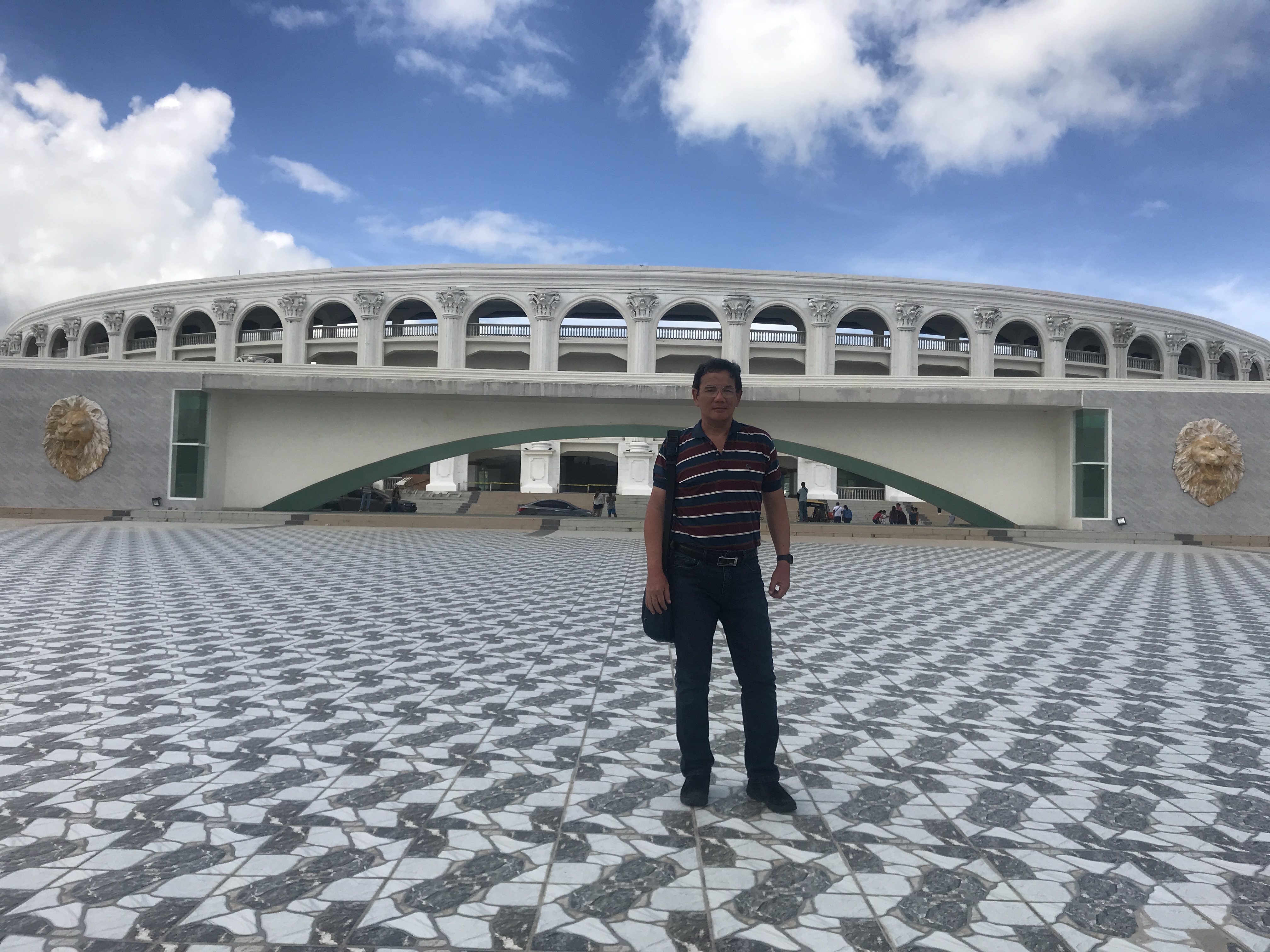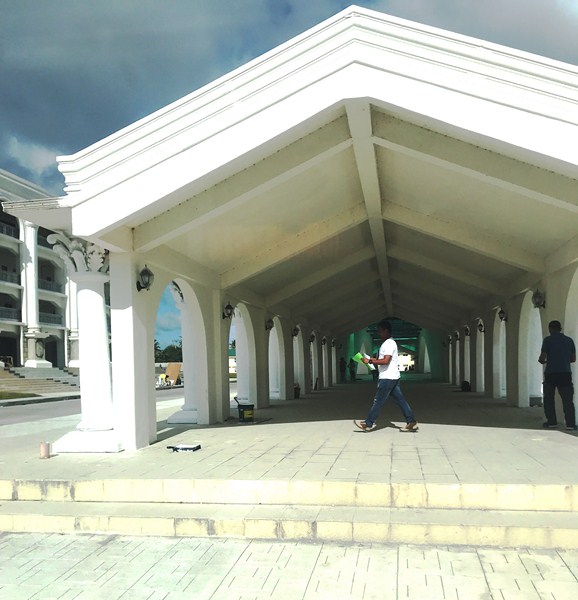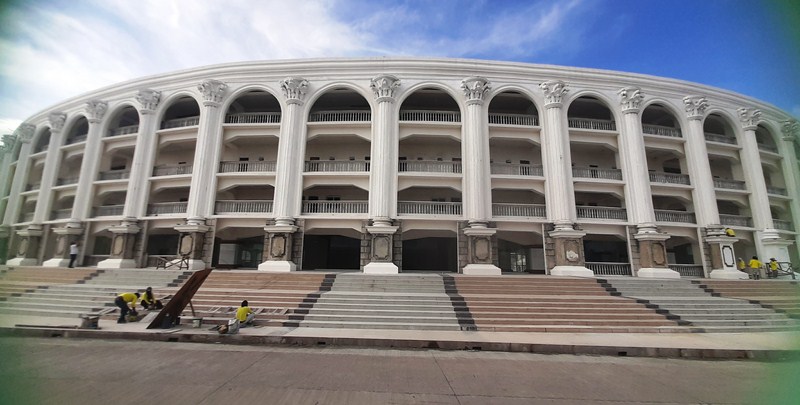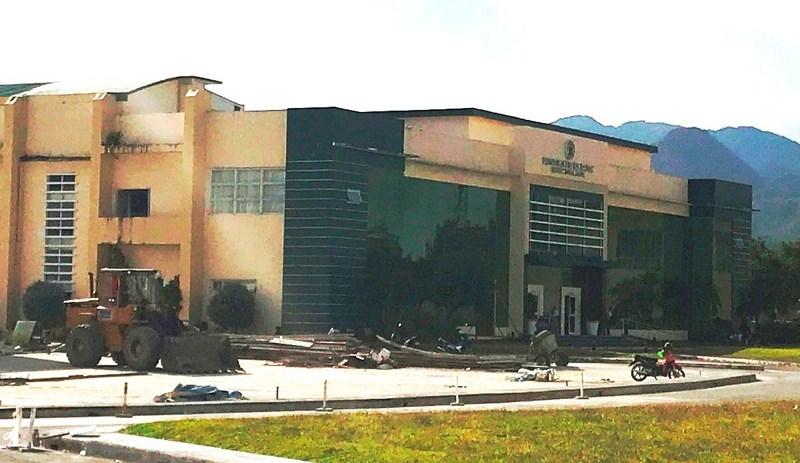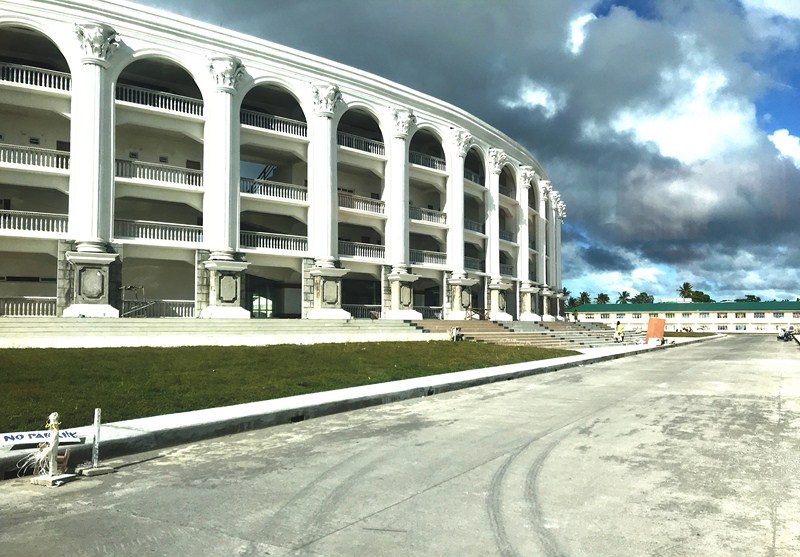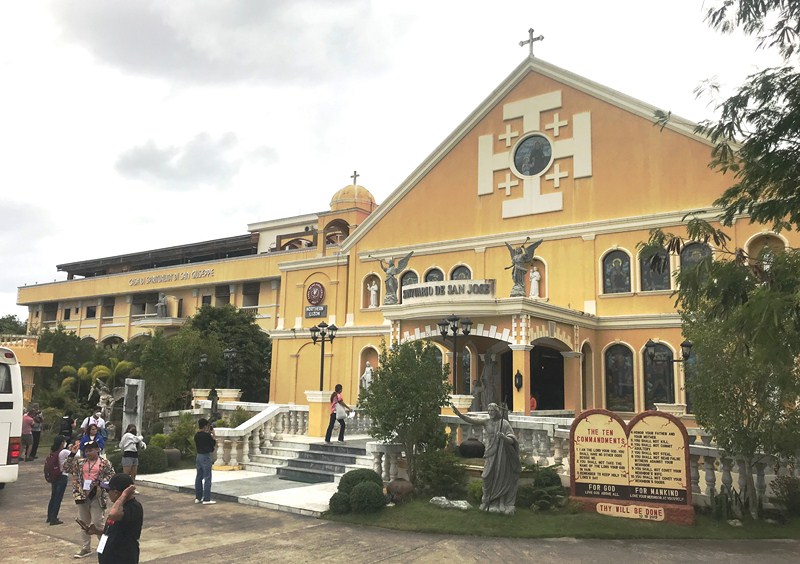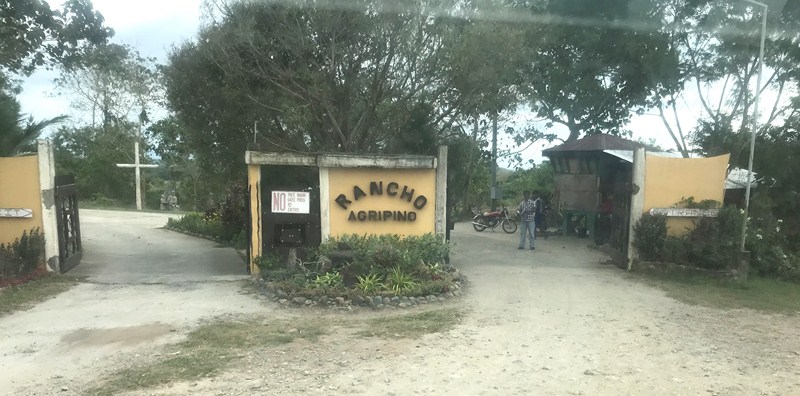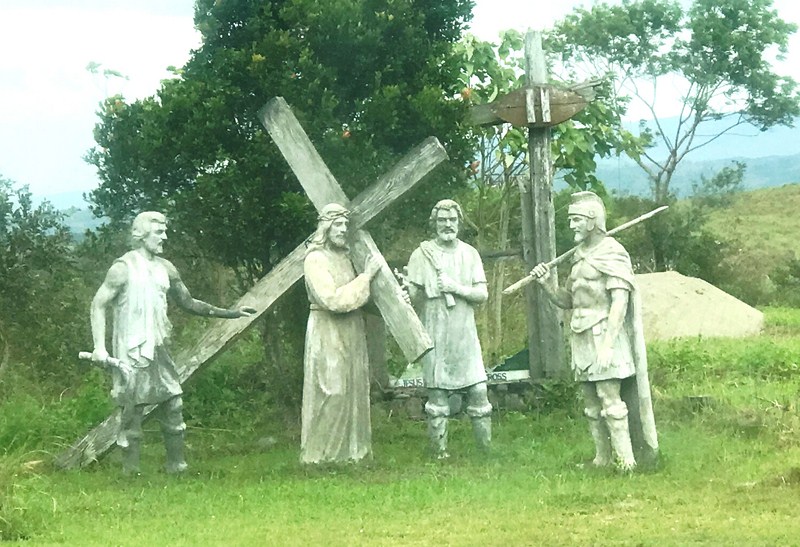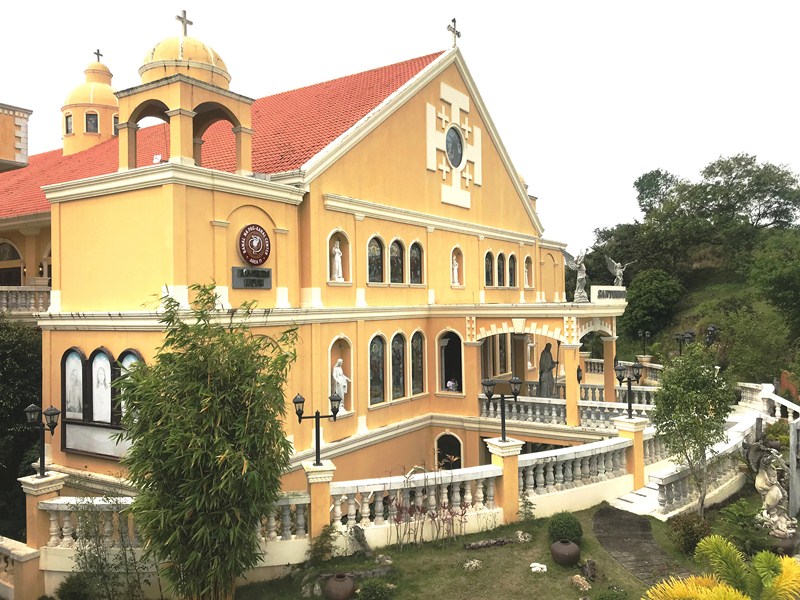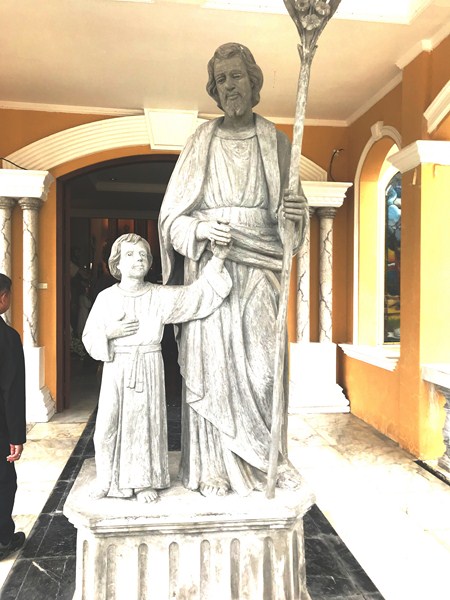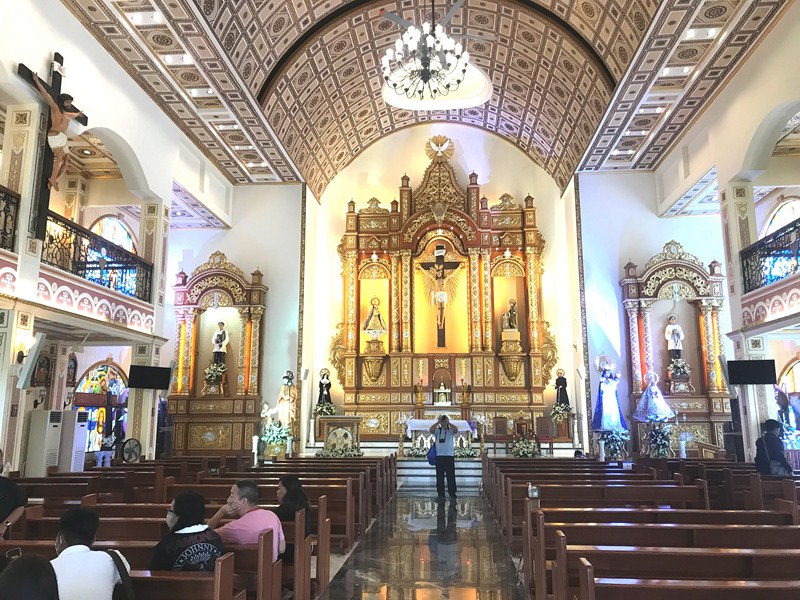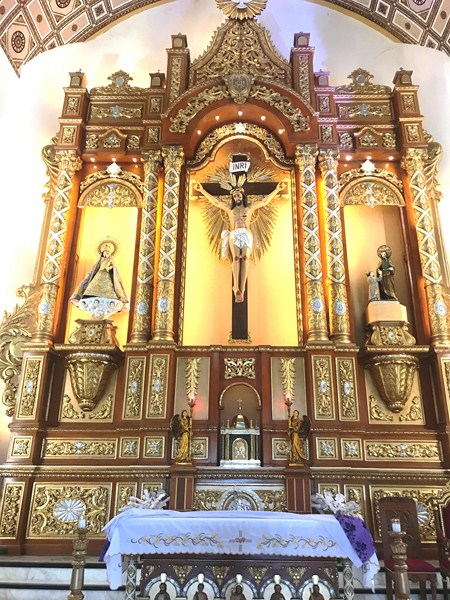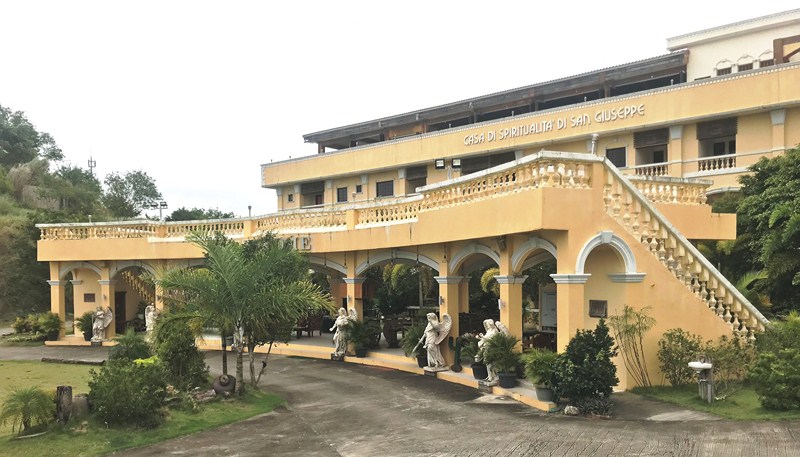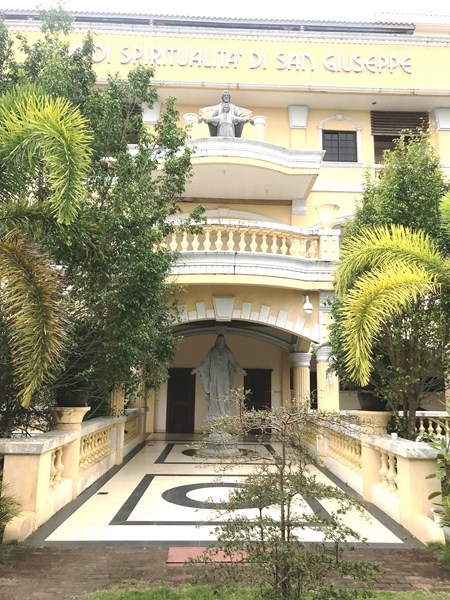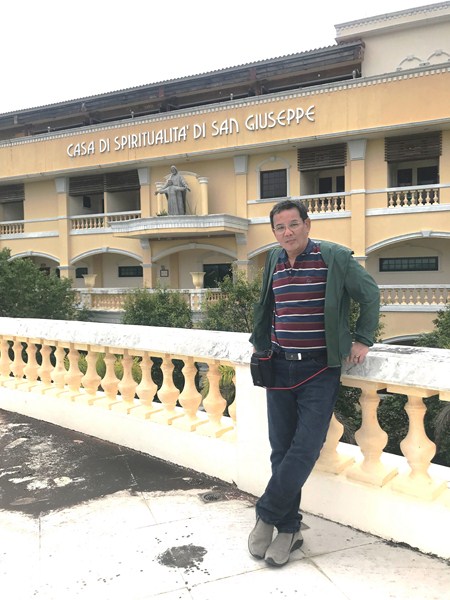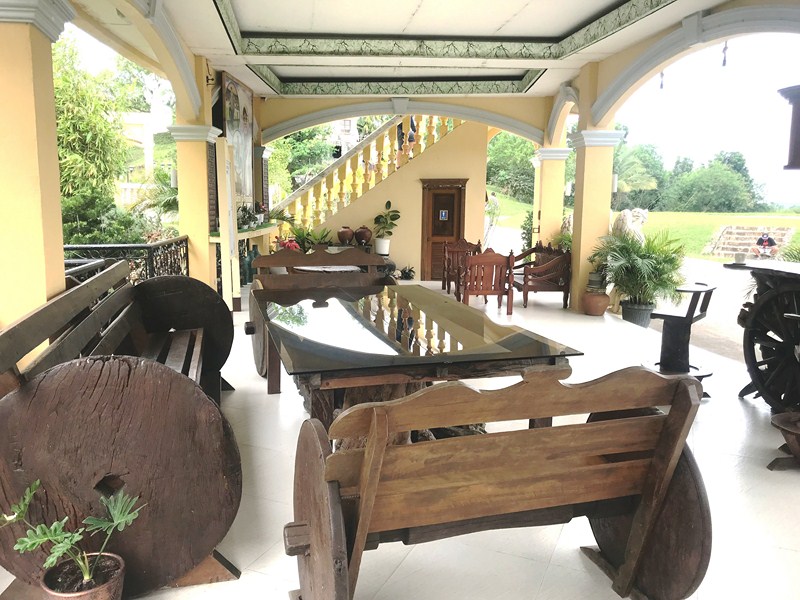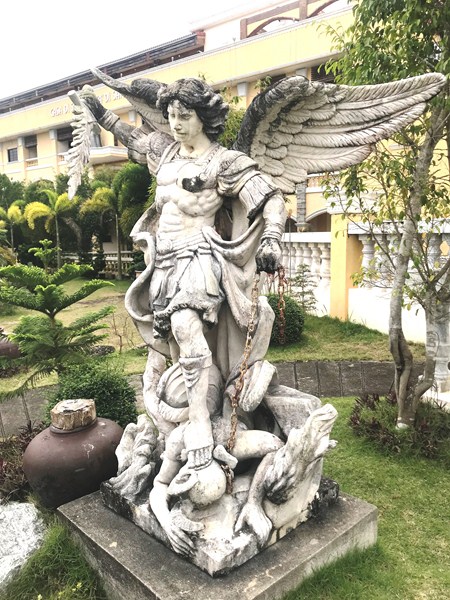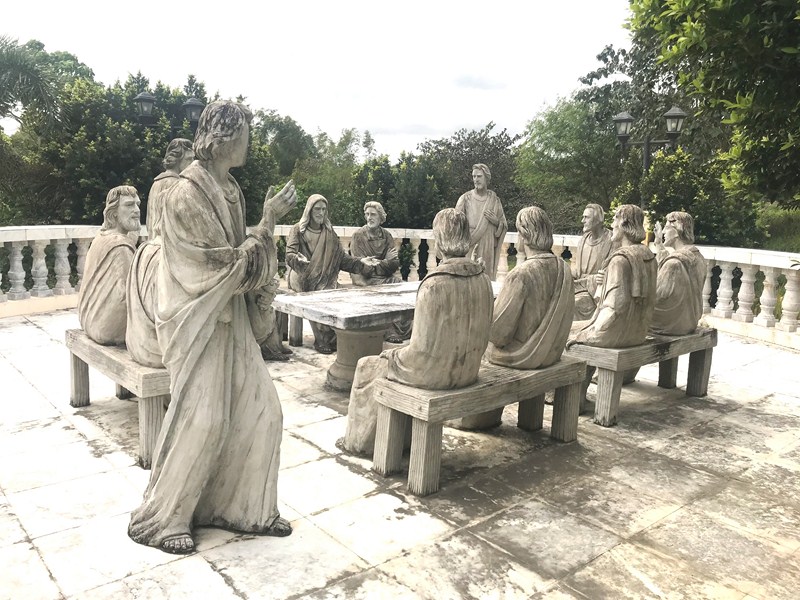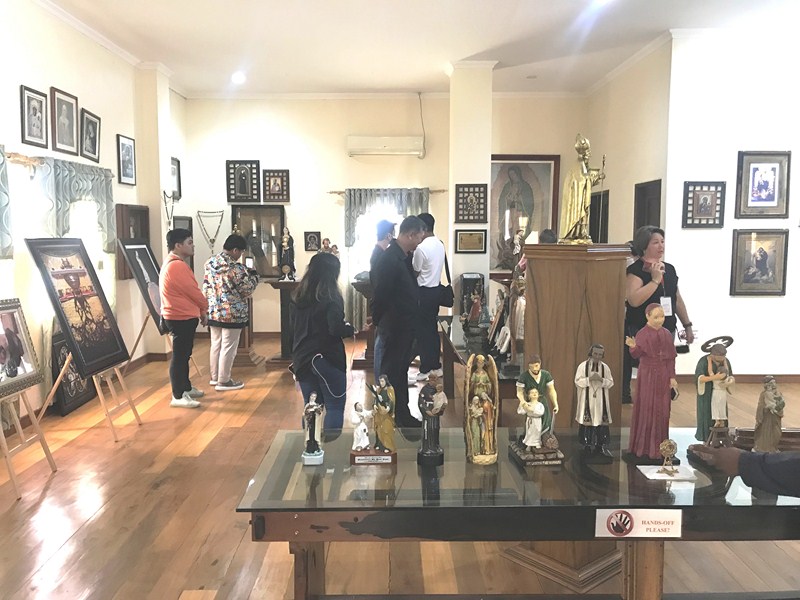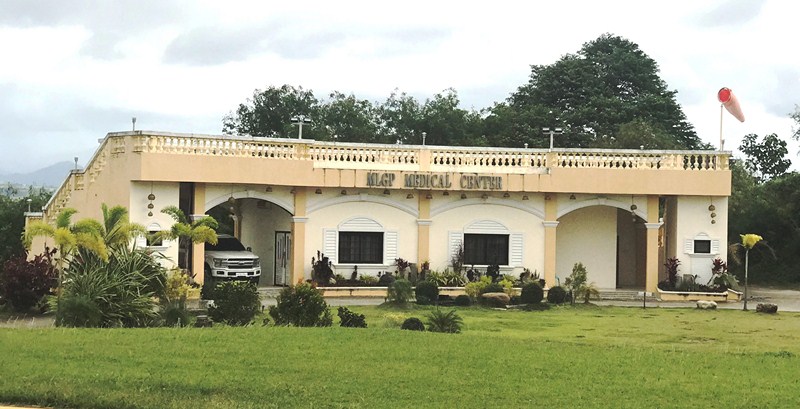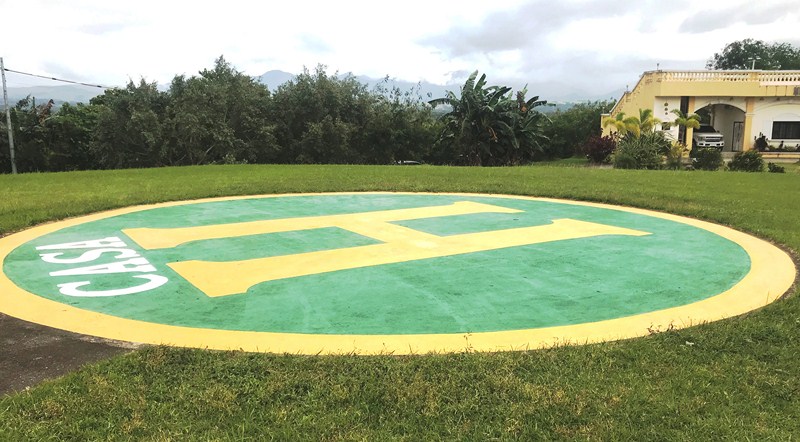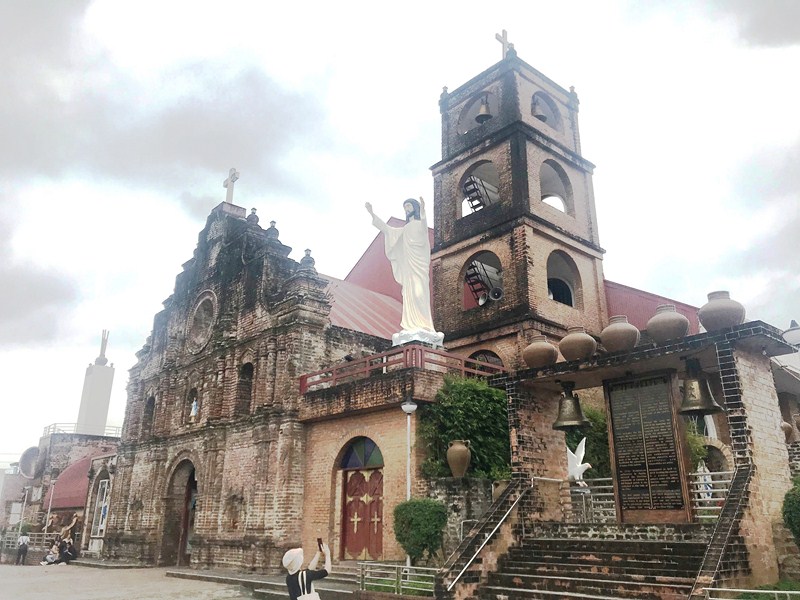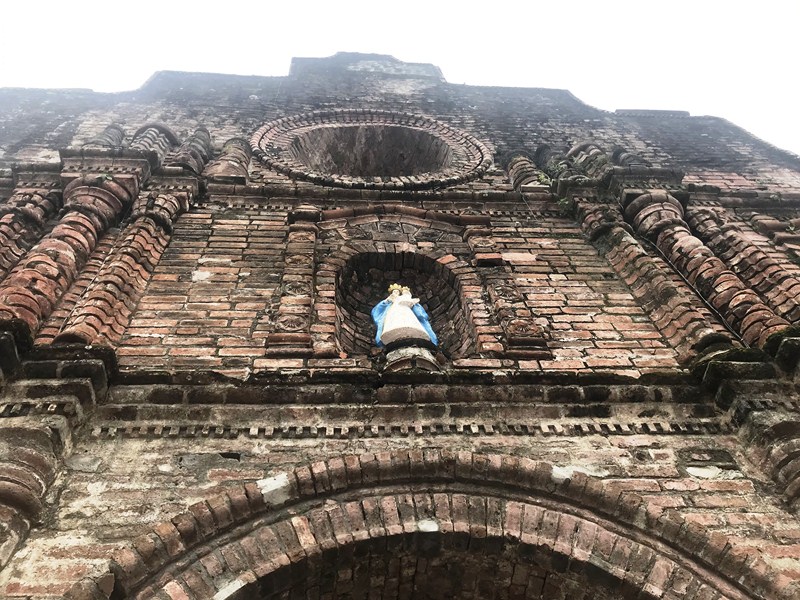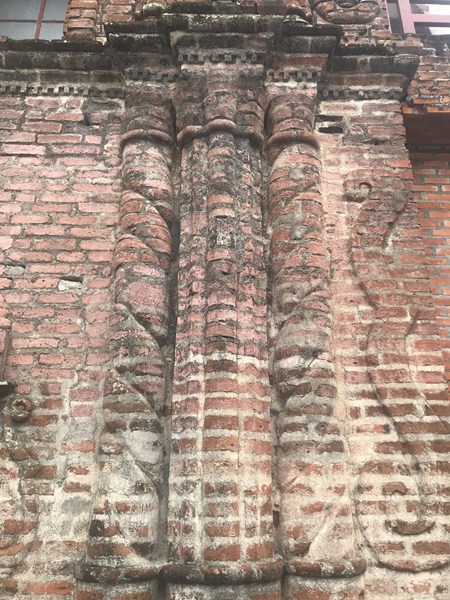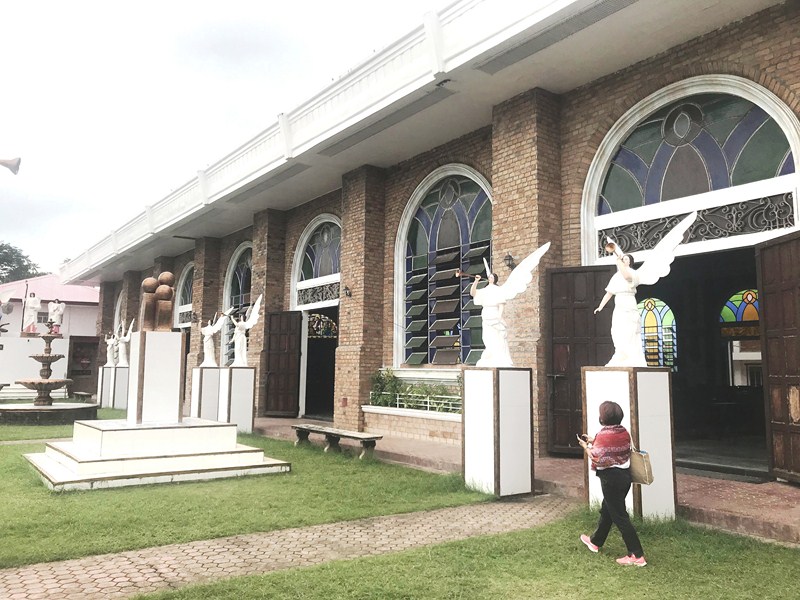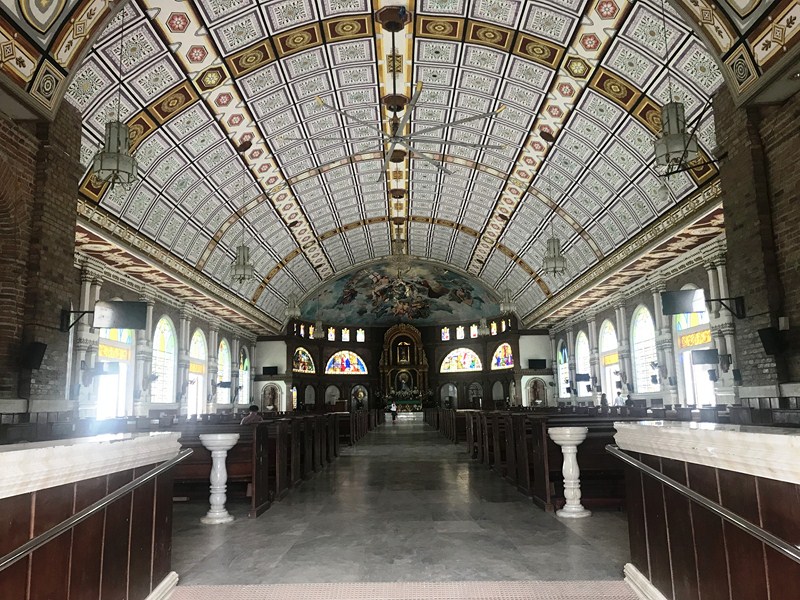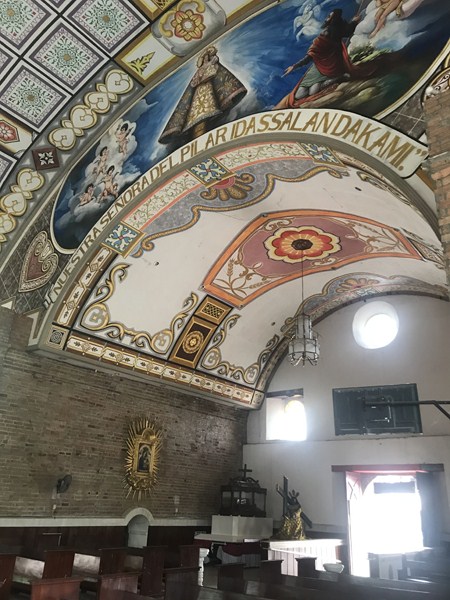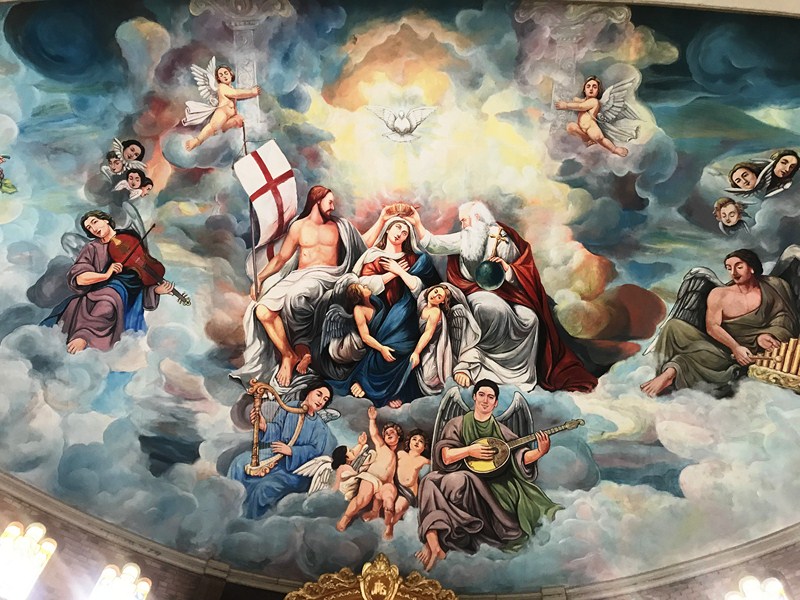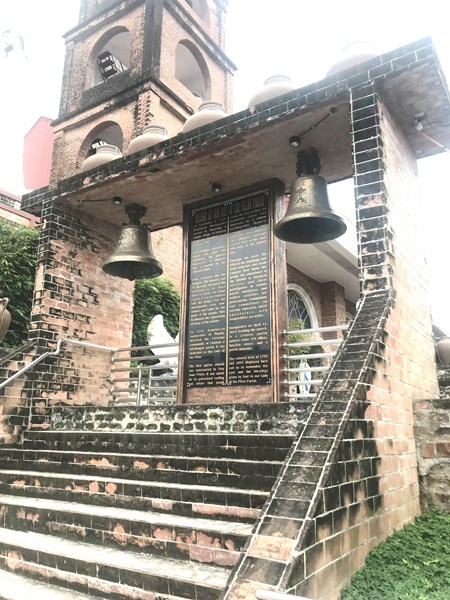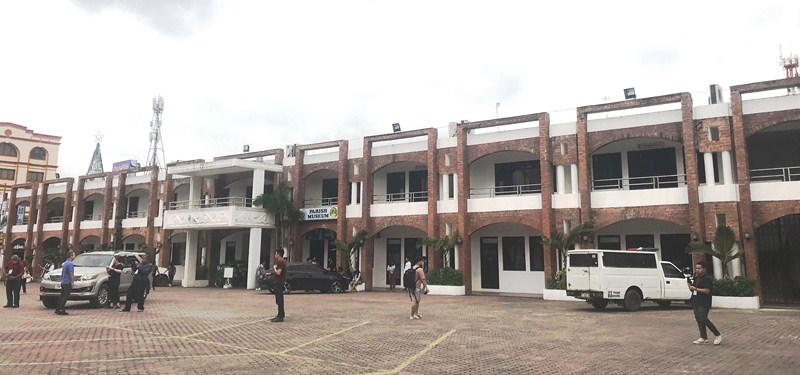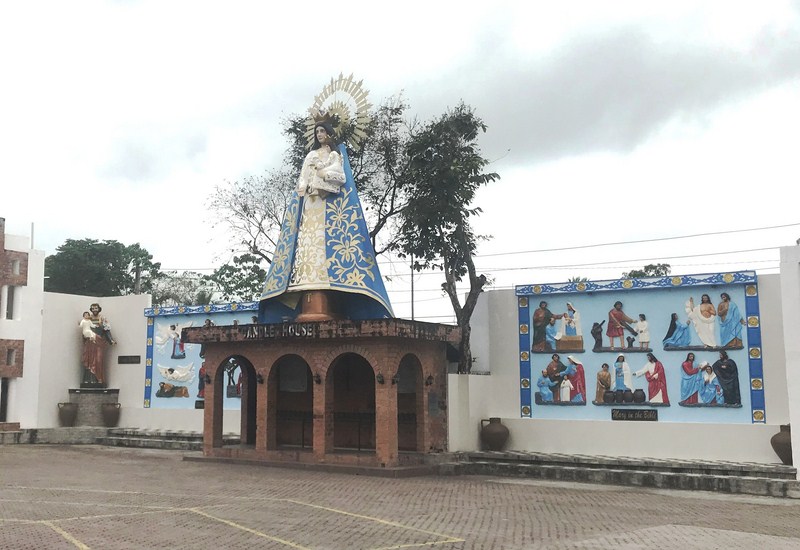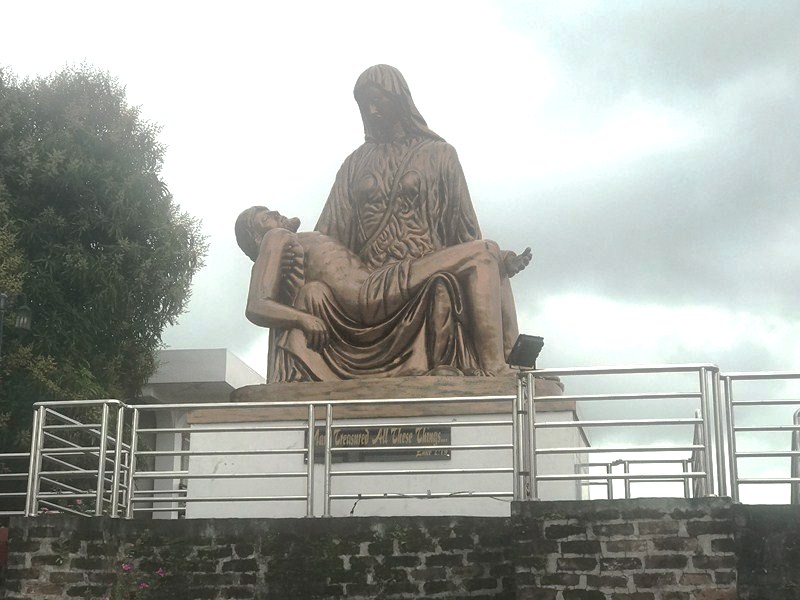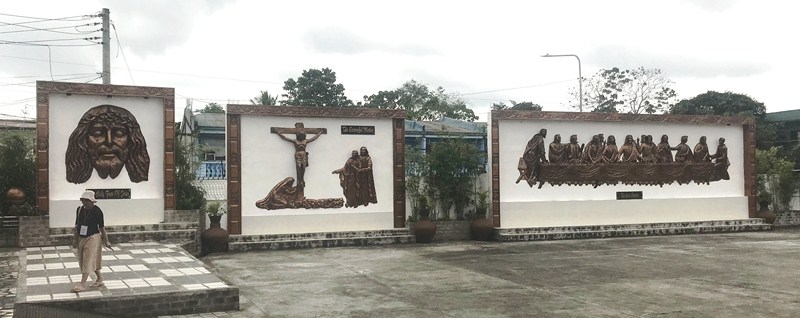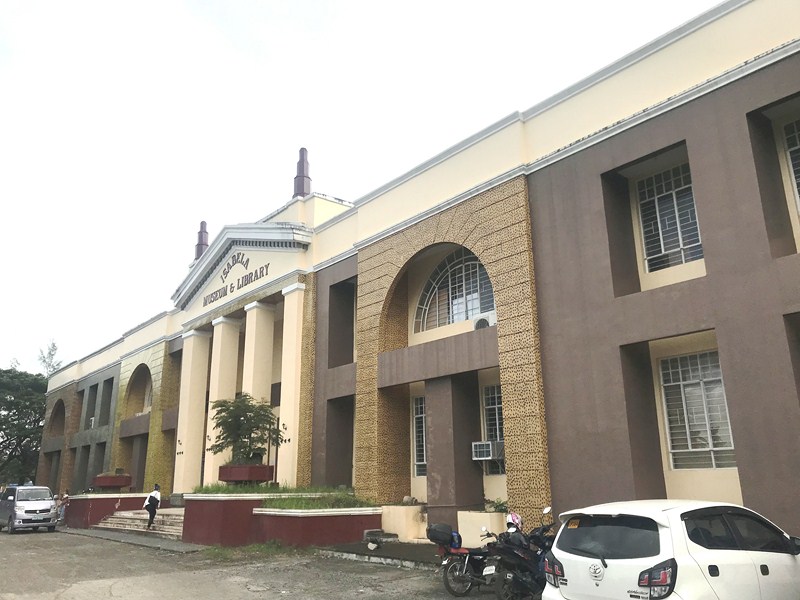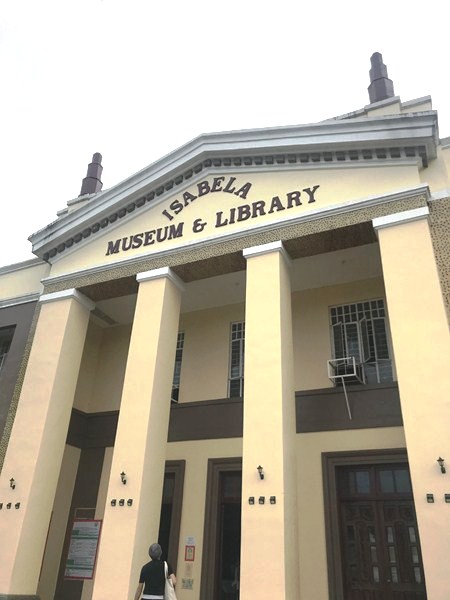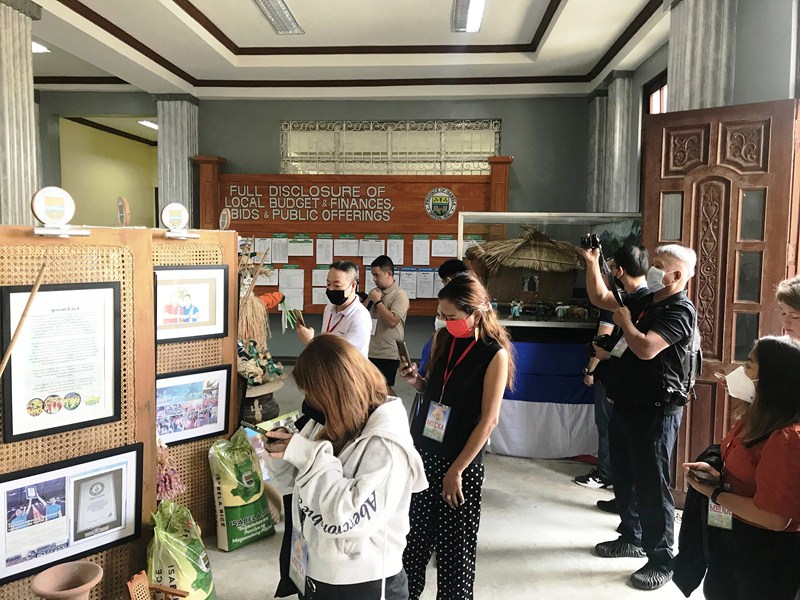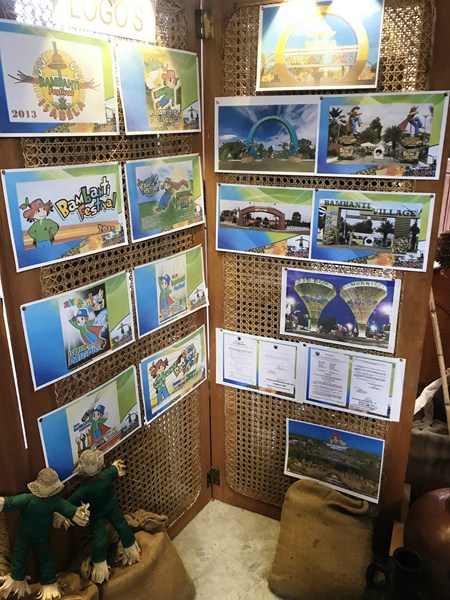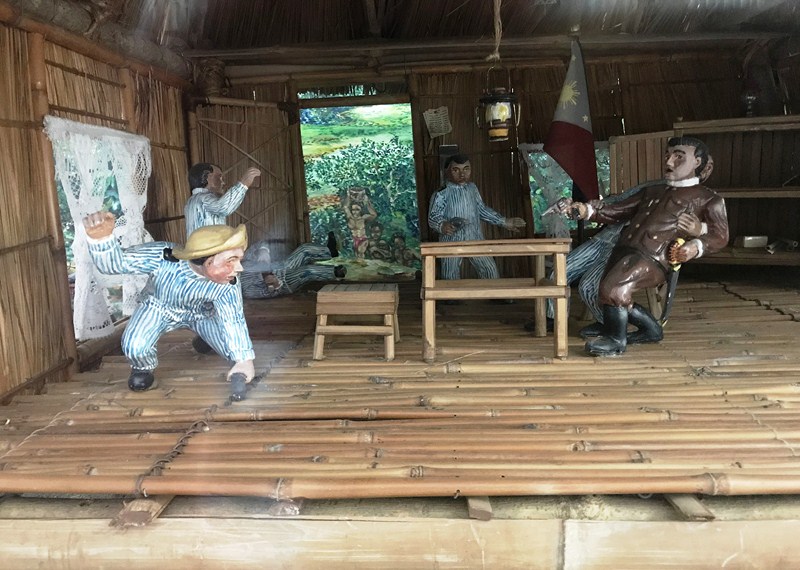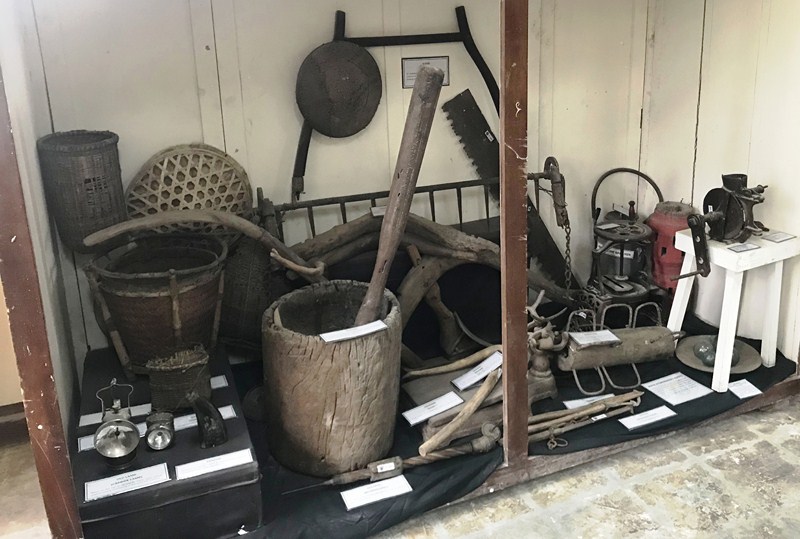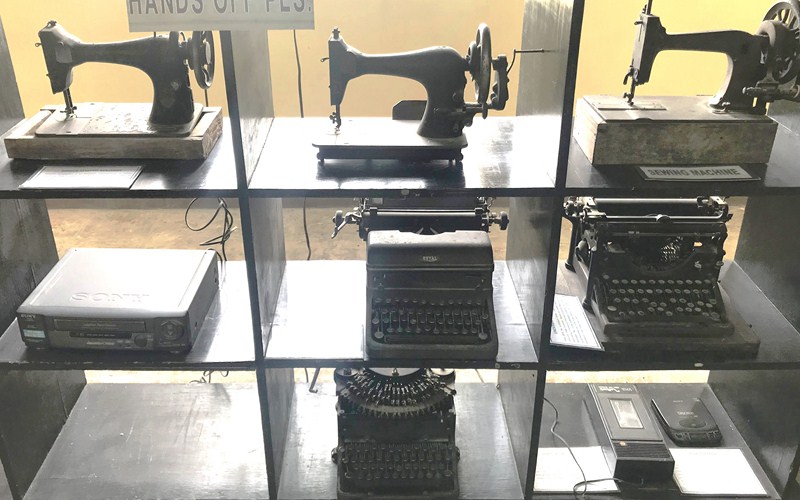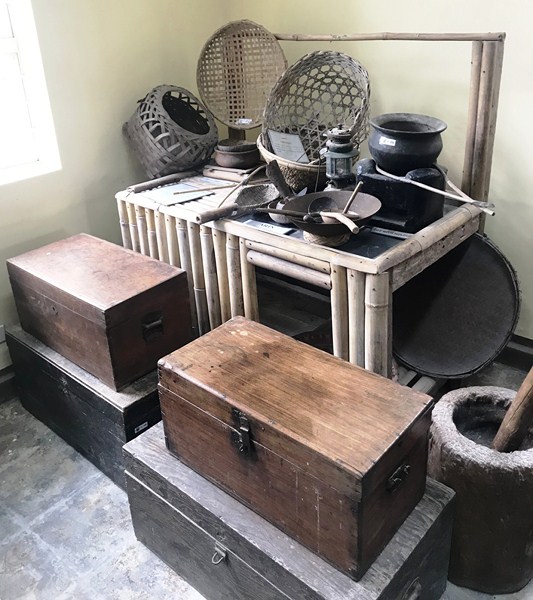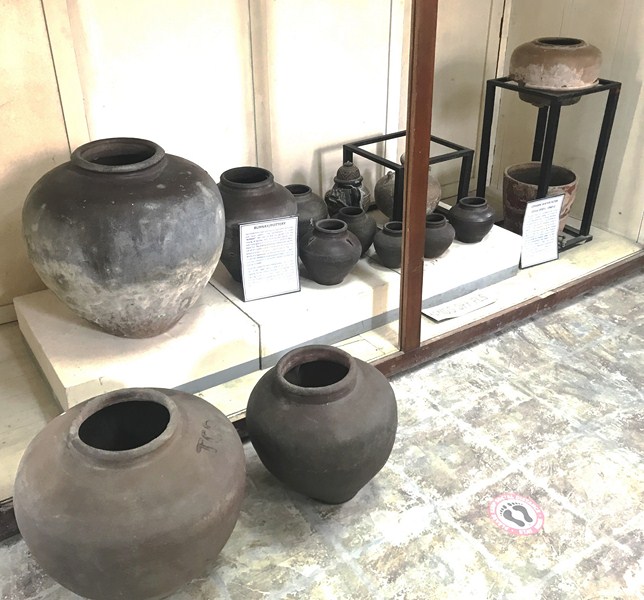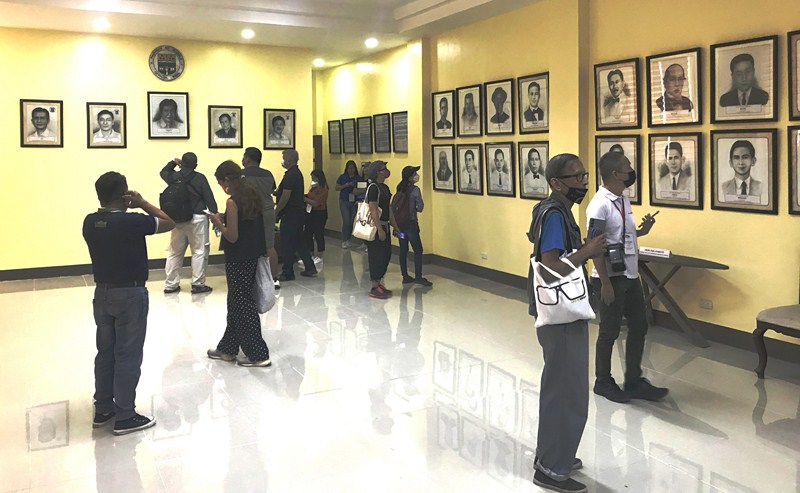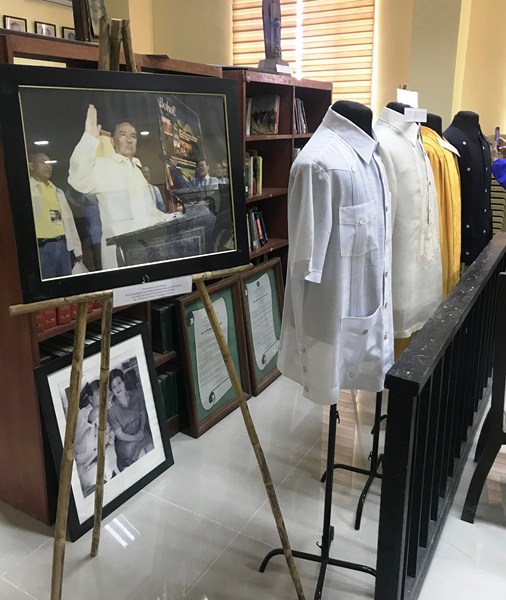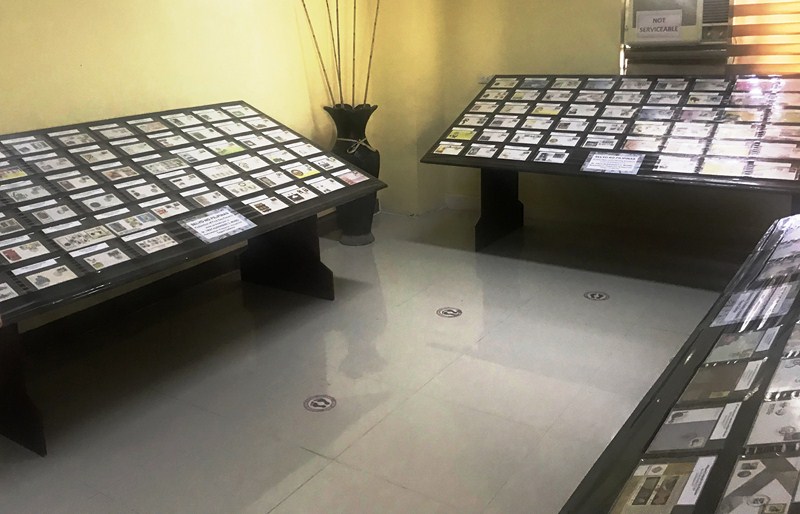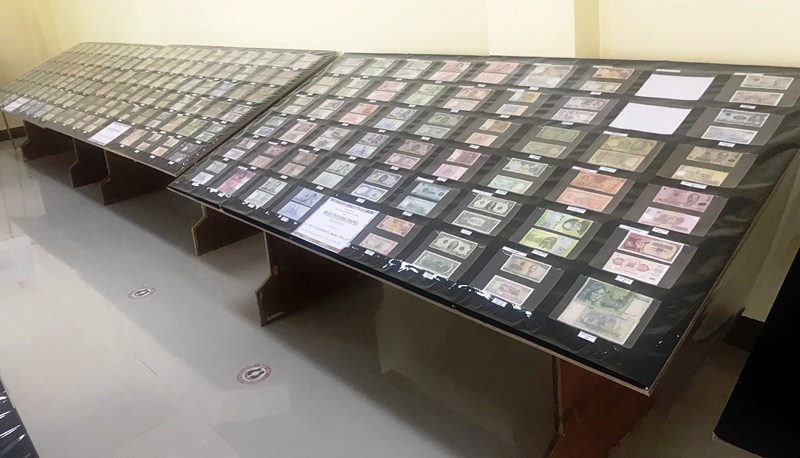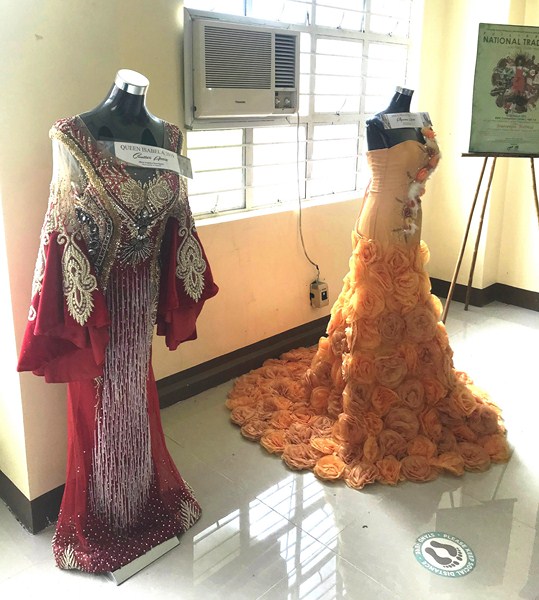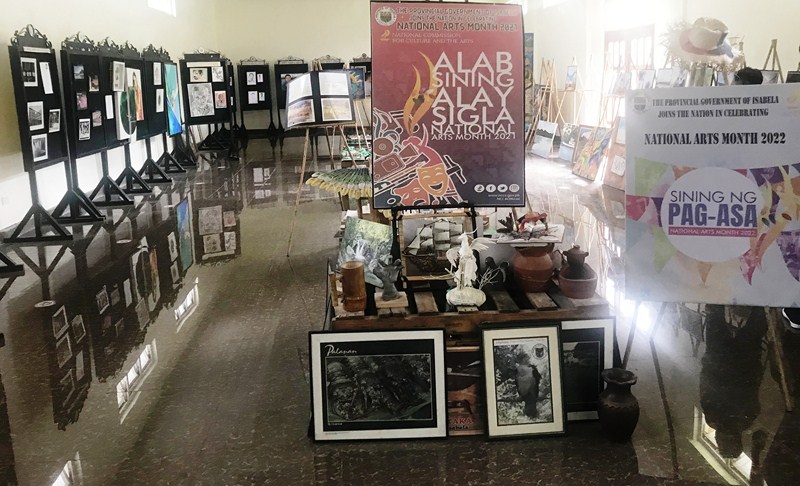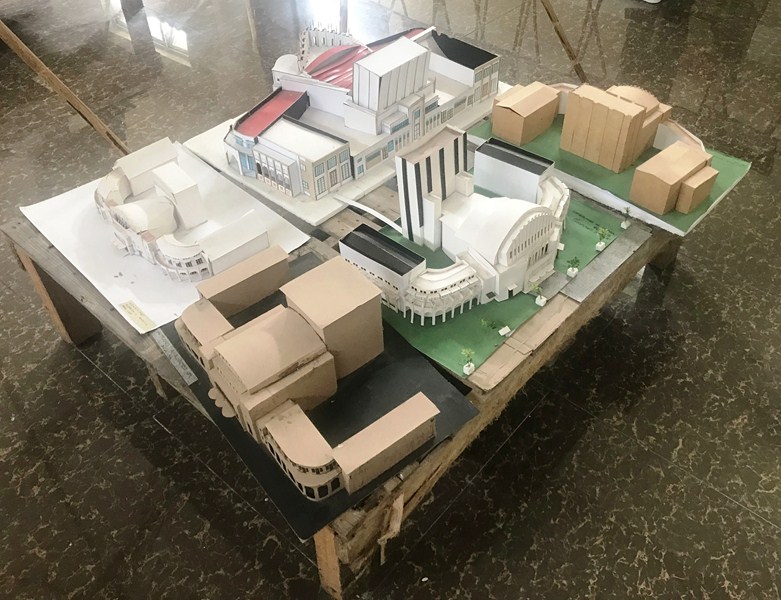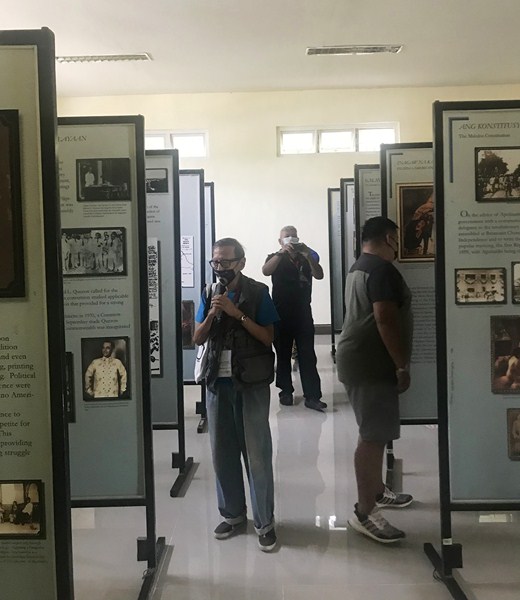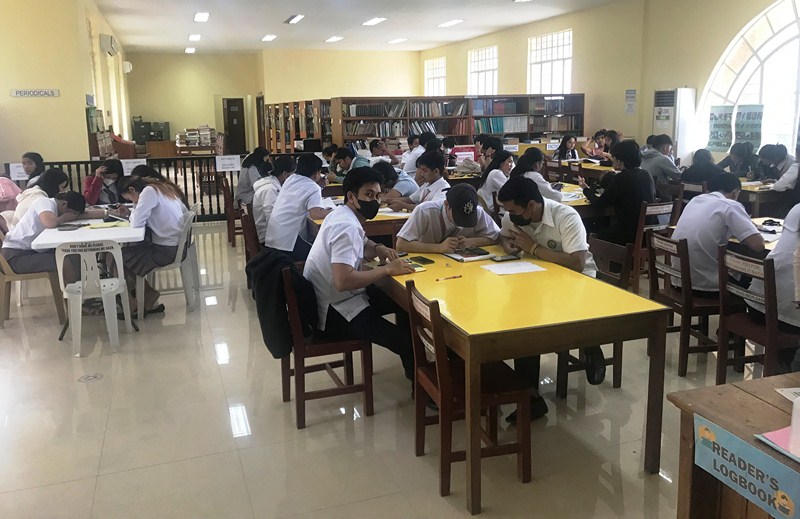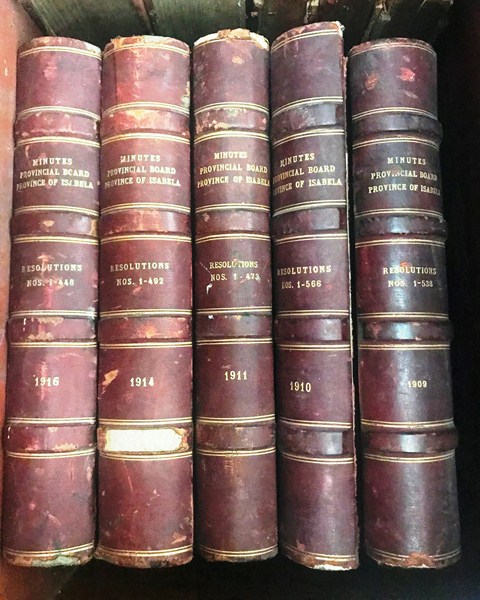The stunning and striking, 3,252 sq. m. (35,000 sq. ft.) Shadbolt Centre for the Arts (SCA), adjacent to Burnaby’s Municipal Complex, serves as a venue for both performance and teaching in the arts. This wood and stone facility was designed to carefully integrate into the park setting, offering spectacular natural views from its windowed studios, atrium and exterior raised terrace.
Owned and operated by the City, the building is named after internationally acclaimed, England-born painter Jack Leonard Shadbolt (1909–1998) and his wife, the curator, author and art educator Doris Shadbolt (1918–2003).
This lovely, award-winning, multi-purpose community arts facility, in a central Burnaby location in picturesque Deer Lake Park, augments and unifies the existing natural and cultural “park.”
Housing a recital hall, theaters, dance and pottery studios, clean and spacious music rehearsal rooms and more, this community resource offers a year-round schedule of live performances, festivals, exhibitions and special events ranging from theater and music to dance, literature and the visual arts and supports artists through our Artist in Residence Program.
Artists have access to large, windowed studio spaces and rehearsal rooms, including ceramics studios, kilns, visual arts and music studios, dance and theater rehearsal spaces. More than 8,000 arts enthusiasts take part in its programs, classes and workshops and, on average, over 250,000 people visit the center annually.
Designed by the internationally renowned firm of Hotson Bakker Architects (Henry Hawthorn Architect), this performance and teaching center for the visual arts, theater and dance opened on November 18,1995 and received the prestigious Canadian Wood Council Award of Merit for the building’s creative design in 1996.
Its exterior cladding materials, including the cedar shingles and stone, were selected to integrate with the surrounding heritage residential buildings. The Plaza, the raised Terrace and the Promenade connect the building with the other cultural and community amenities.
To provide opportunities to experience the activities held within, there are ample views into the building as well as opportunities to walk up and over as well as through it. The interior public spaces of the Atrium and the Gallery separate the building into three pavilions (Music, Dance and Theater Arts) that complements its natural surroundings and provide public spaces between for gathering.
The airy Atrium, characterized by an exuberant heavy timber roof structure that is also featured in the Gallery as well as the primary dance studio, provides direct access to the recital hall and 150-pax studio (black box theater) while scaled to also support markets and other community activities within.
The Gallery, running the length of the building, links the many and varied teaching and performance spaces, while providing opportunities to display some of the visual arts created within the facility. The prominent stone wall recalls the heritage projects of the precinct. The new dance rehearsal studio enjoys ample daylight that helps highlight the heavy timber roof structure.
Outside the arts center is BC Spirit Square which was opened last July 18, 2010, the 150th anniversary of the founding of the Crown Colony of British Columbia. It has carved basalt monoliths (called Vitality) carved by Coast Salish artist Thomas Connell.
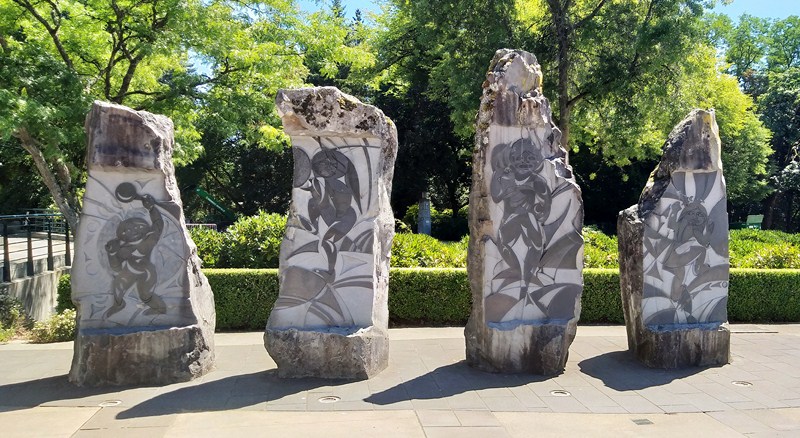
“Vitality,” 7.5 to 9 ft. tall basalt monoliths at BC Spirit Square by Coast Salish artist Thomas Cannell chiseled with images of family life rendered in a traditional Coastal Salish community environment. The outer rims are left unfinished to give them a natural edge. At night, the slabs are lit, from below, by embedded lighting.
Outside the west entrance are the 6.2 m. (14-ft.) high Burnaby Millennium Sculpture Poles were done in 2001 by Keith Rice-Jones, with the assistance of his wife Celia Rice-Jones, both local ceramic artists.
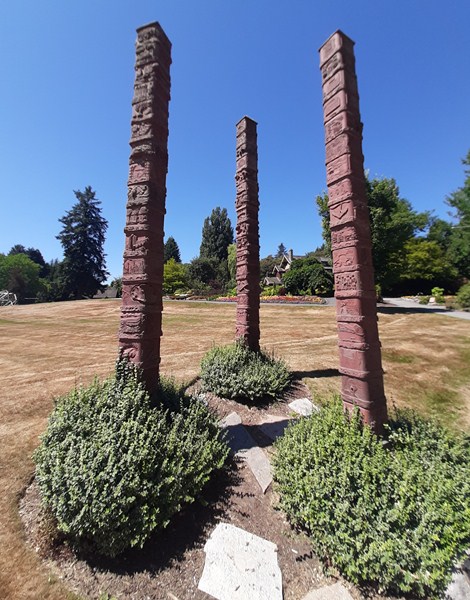
Burnaby Millennium Sculpture Poles. These three structural poles, representing Burnaby’s past, present and future, were built with raw clay flue liners, with low relief sculptural rendering on each of the four sides, created by Burnaby residents, with their personal creative interpretations of the theme of persistence.
Shadbolt Centre for the Arts: 6450 Deer Lake Ave., Deer Lake Park, Burnaby V5G 2J3, British Columbia. Tel: (604) 297-4440 and (604) 205-3022. Fax: (604) 205-3001. Website: www.shadboltcentre.com.
How to Get There: Bus 123, 133, 144 and Skytrain (Millenium Line) transit lines have routes that pass near Shadbolt Centre for the Arts. The closest stations to Shadbolt Centre for the Arts are:
- Southbound Deer Lake Ave @ Shadbolt Centre ( 131 m. away, 3 min. walk).
- Eastbound Canada Way @ Century Park Way (191 m. away, 3 min. walk)
- Bus Loop @ Burnaby City Hall (536 m. away, 8 min. walk)
- Sperling-Burnaby Lake Station (1,835 m. away, 24 min. walk)
- Royal Oak Station (2,602 m. away, 34 min. walk)
There is free parking at the Shadbolt Centre for the Arts which includes 70 underground stalls and 130 surface stalls at the north end of the building.

